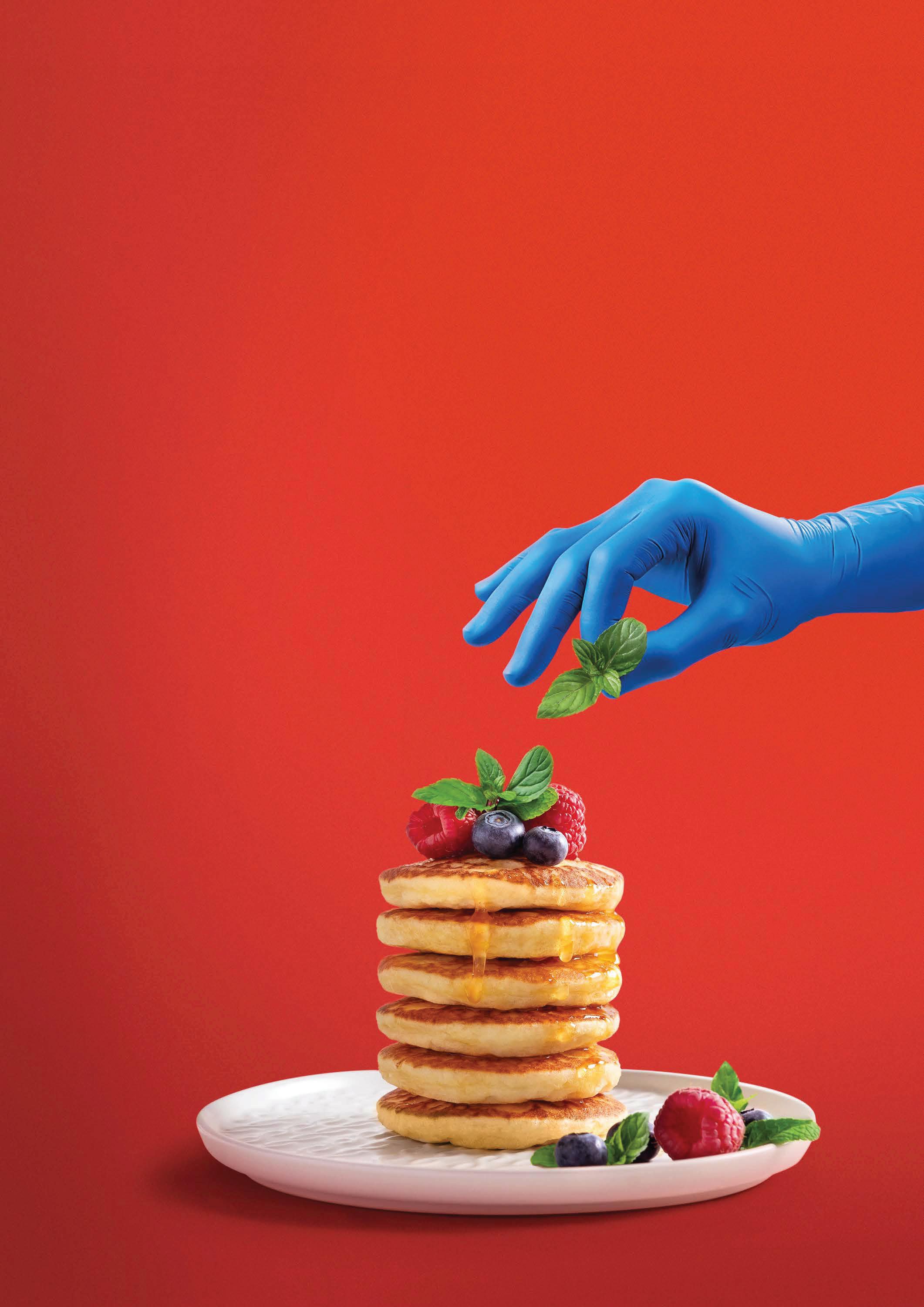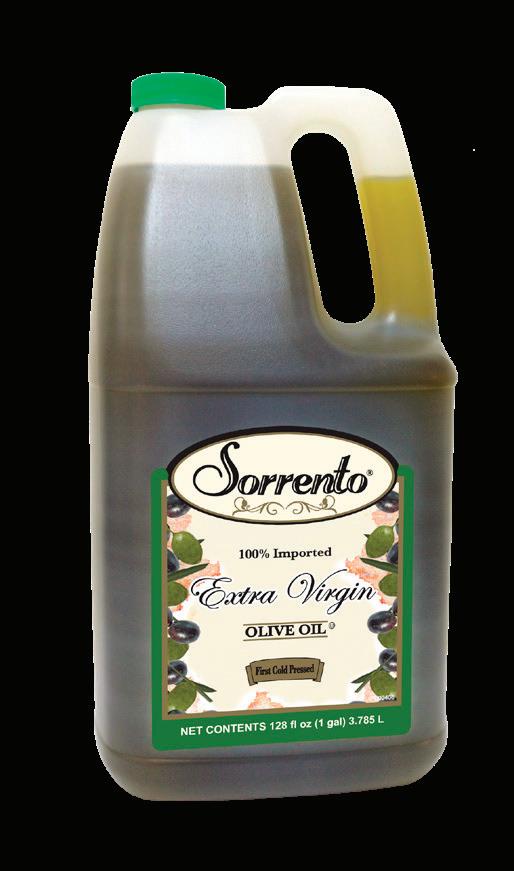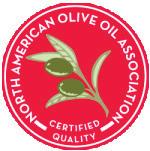BARBECUE BEYOND BORDERS
SISTERS TURN PAININTO
TRANSFORMING THETAPROOM
MELLOW MUSHROOM’S


BARBECUE BEYOND BORDERS
SISTERS TURN PAININTO
TRANSFORMING THETAPROOM
MELLOW MUSHROOM’S

CEO BARRY McGOWAN IS CULTIVATING JOY AND INVESTING IN PEOPLE-FIRST GROWTH

NGUYEN (AKA @TWAYDABAE) IS REFRAMING VIETNAMESE CUISINE



FOGO IS MORE THAN JUST A RISING NEXTGEN CASUAL BRAND—IT’S A MODEL OF EXCEPTIONAL WORKPLACE CULTURE, STEMMING FROM A HOLISTIC PHILOSOPHY OF SERVING EMPLOYEES AND GUESTS WITH GENUINE CARE.
Through intentional leadership, continuous heavy investment in talent, and a deep commitment to community, CEO Barry McGowan is cultivating joy in Fogo de Chão’s culture as it expands beyond 100 locations.
11
Under the TikTok handle @TwayDaBae, chef Tue Nguyen shares her culinary story, demystifies Vietnamese cuisine, and celebrates authenticity and tradition with an audience of nearly 700k.
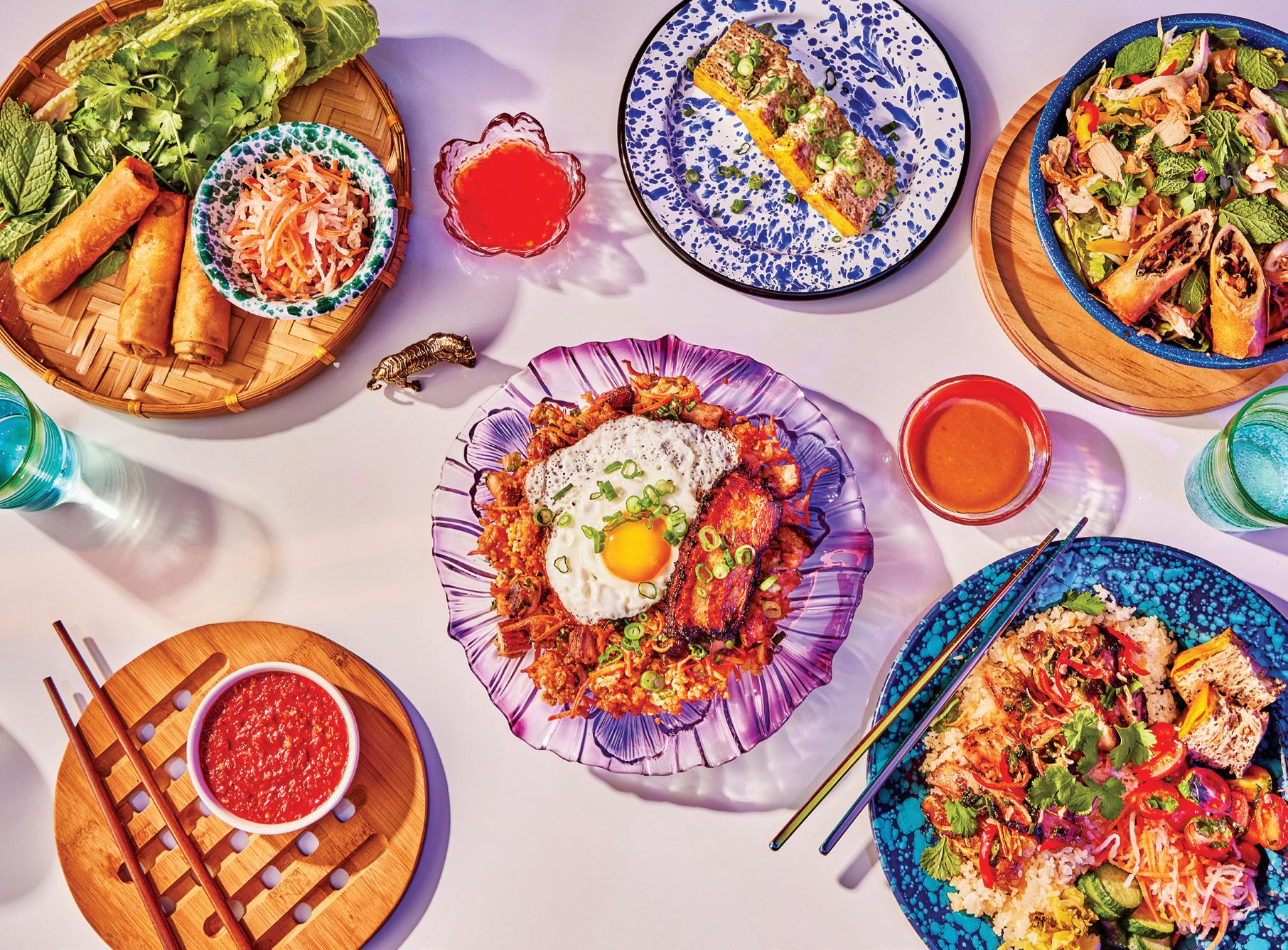
Modern meat-centric restaurants are reimagining the barbecue experience, from steakhouse-butcher counter hybrids to Korean comfort food and omakase concepts.
Taprooms and brewery concepts like Brewlando and The Casual Pint are expanding menus, diversifying drinks and adding lighter options like seltzers and ciders, and doubling down on hospitality to stay relevant in a shifting beer market.
EDITORIAL
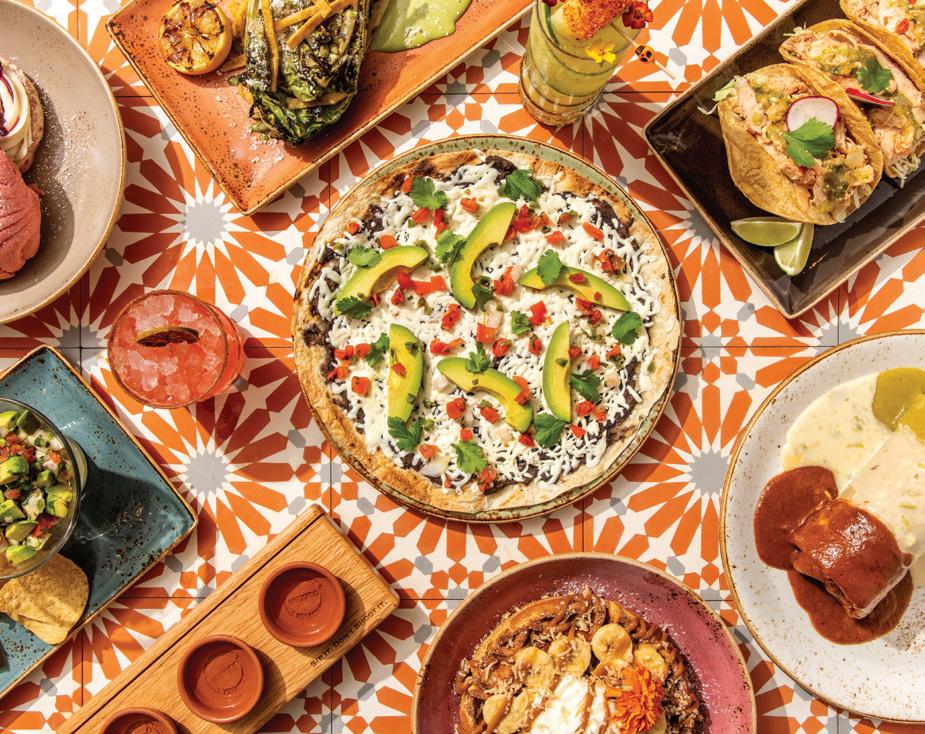
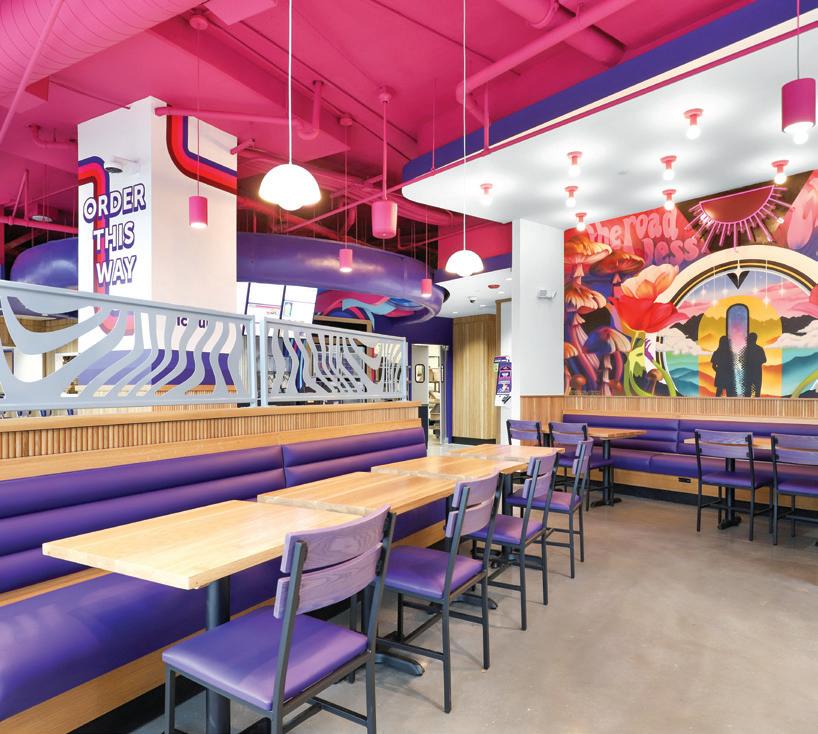
7 Inside Puttshack’s Big Plans
After six years, the techdriven mini golf and dining concept is 20 units and counting, with plans to maintain its competitive edge in the social entertainment segment.
8 Facing the Dye Dilemma
Consumers are rethinking what they consume as more than a dozen states have introduced bills this year to crack down on synthetic dyes and artificial ingredients in food and beverages.
BACK OF HOUSE
35 KPOT’s Growth Keeps Bubbling Up
ON THE RISE The Asian hot pot and Korean barbecue restaurant has added over 100 locations in the past three years, spreading a
wide variety of Asian flavor combinations across America.
WOMEN IN LEADERSHIP After inheriting their parents’ restaurant group following their passing, sister-duo restauranteurs Angela and Mariam El Haj set out to turn their grief into a legacy with the creation of Calaca Mamas Cantina.
40 Ahsan’s Slice of Strategy
BEHIND THE SCENES Ahsan Jiva, EVP of Strategy and Transformation at Mellow Mushroom, shares insights on digital transformation and why thinking like a CFO is critical in today’s restaurant landscape.
ALSO IN THIS ISSUE
4 Editor’s Welcome 39 Advertising Index
® SALES & BUSINESS DEVELOPMENT
VP, EDITORIAL DIRECTOR: FOOD, RETAIL, & HOSPITALITY Danny Klein dklein@wtwhmedia.com
FSR EDITOR Callie Evergreen cevergreen@wtwhmedia.com
QSR EDITOR Ben Coley bcoley@wtwhmedia.com
ASSOCIATE EDITOR Sam Danley sdanley@wtwhmedia.com
ASSOCIATE EDITOR Satyne Doner sdoner@wtwhmedia.com
SVP, AUDIENCE GROWTH Greg Sanders gsanders@wtwhmedia.com
CONTENT STUDIO
VP, CONTENT STUDIO Peggy Carouthers pcarouthers@wtwhmedia.com
WRITER, CONTENT STUDIO Drew Filipski dfilipski@wtwhmedia.com
WRITER, CONTENT STUDIO Ya’el McLoud ymcloud@wtwhmedia.com
WRITER, CONTENT STUDIO Abby Winterburn awinterburn@wtwhmedia.com
DESIGN
ART DIRECTOR Erica Naftolowitz enaftolowitz@wtwhmedia.com

2024 REGIONAL GOLD AWARD: PUBLICATION DESIGN
2023 NATIONAL GOLD AWARDS: FRONT COVER (PHOTO), BEST USE OF COLOR NATIONAL SILVER AWARD: BEST USE OF TYPOGRAPHY
2016 MAGAZINE OF THE YEAR TOP 10 AWARD 2015 MAGAZINE OF THE YEAR
FOLIO: Eddie Awards 2022 BEST FULL ISSUE HOSPITALITY
BEST SPONSORED CONTENT
BEST PROFILE FEATURE
FULL ISSUE
& BEVERAGE 2013
DESIGN,
MAGAZINE
VP SALES: FOOD, RETAIL, & HOSPITALITY
Lindsay Buck lbuck@wtwhmedia.com
VP, BUSINESS DEVELOPMENT
Eugene Drezner 919-945-0705 edrezner@wtwhmedia.com
NATIONAL SALES DIRECTOR Amber Dobsovic 757-637-8673 adobsovic@wtwhmedia.com
NATIONAL SALES DIRECTOR Edward Richards 216-956-6636 erichards@wtwhmedia.com
NATIONAL SALES MANAGER Tom Boyles 662-607-5249 tboyles@wtwhmedia.com
CUSTOMER SERVICE REPRESENTATIVE
Tracy Doubts 919-945-0704 tdoubts@wtwhmedia.com
ADMINISTRATION
CEO Matt Logan mlogan@wtwhmedia.com
919-945-0704 www.fsrmagazine.com/subscribe
FSR is provided without charge upon request to individuals residing in the U.S. who meet subscription criteria as set forth by the publisher.
REPRINTS
THE YGS GROUP
800-290-5460 fax: 717-825-2150 fsrmagazine@theygsgroup.com
Sponsored content in this magazine is provided to the represented company for a fee. Such content is written to be informational and nonpromotional. Comments welcomed at sponsoredcontent@ fsrmagazine.com.
FOUNDER Webb C. Howell
LinkedIn.com/company/ FSR-magazine
Instagram.com/FSRmagazine Facebook.com/FSRmag




Between chopping vegetables and firing up the grill, there’s always more to do before the open sign gets flipped over. With Ecolab Labor Savers, a collection of nine efficient, effective cleaning and organizing products, you can save time spent on cleaning and devote more time to prep. So, when you flip the locks, you’re ready for the rush.
Start your customized labor savings plan today!
I WAS A VEGETARIAN FOR A FEW YEARS in college for sustainability and health reasons, but I thankfully was back to being a full omnivore (who still limits red meat for special occasions) by the time I experienced Fogo de Chão in downtown Minneapolis. This sounds dramatic, but it was a lifechanging moment when I first tasted picanha, the Brazilian all-you-can-eat concept’s signature steak, which is tender with a robust flavor and lightly seasoned with rock salt and sliced thin. The experience alone is worth trying and coming back for, with gaucho chefs coming to your table and slicing meats to your preferred temperature off of huge skewers. The model not only provides a faster and unique experience for guests, but also empowers team members and is one piece of a larger culture puzzle that proves Fogo’s people-first philosophy isn’t just a tagline, but the foundation of a workplace where employees are fed, mentored, and inspired to grow.
Fogo de Chão CEO Barry McGowan says, “You need great talent, you need people who believe in it, [and] you need people who are aligned in values with you and believe in the culture. Scaling culture is the first priority we take, because my job as CEO is to think about it for the next 45 years.” You can learn more about how McGowan and his team invest in labor and cultivate joy on PAGE 28
Elsewhere across our June issue, you can read the story of two sisters who are turning their grief of their parents’ passing into purpose and a lasting legacy on PAGE 37; discover the astounding growth of an Asian hot pot and Korean BBQ concept that has added over 100 locations in the past three years on PAGE 35; and learn about one of the biggest shifts reshaping the brewery and taproom landscape on PAGE 21; plus plenty of other stories to surprise, delight, and inspire.
Cheers to warmer and brighter days ahead.

Callie Evergreen EDITOR

cevergreen@wtwhmedia.com FSRmag @FSRmagazine

This month’s cover features Barry McGowan, CEO of Fogo de Chão—a 46-year old internationally renowned restaurant concept from Brazil known for its elevated churrasco dining experience that has grown to over 100 locations, including 80 in the U.S. The all-you-caneat format with a fixed price is a huge draw for value-conscious customers, who are served tableside by “gauchos” who slice flame-grilled meats cooked to guests’ preferred temperature.


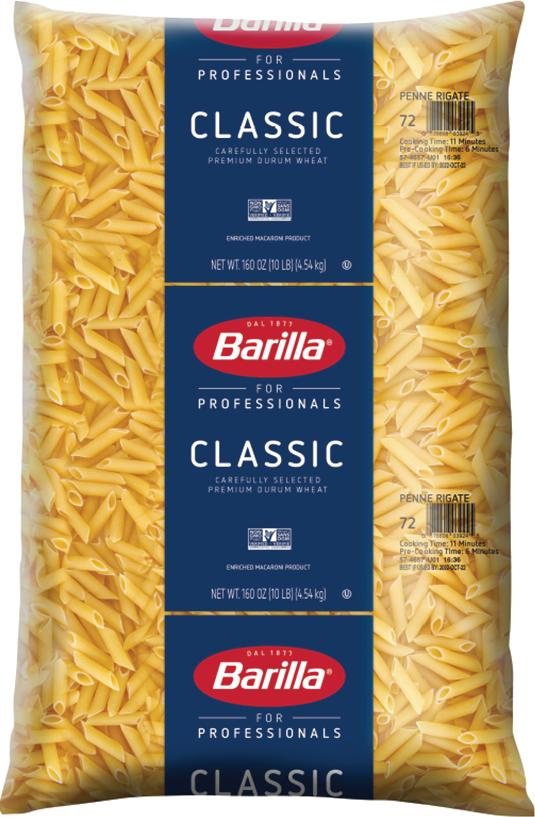



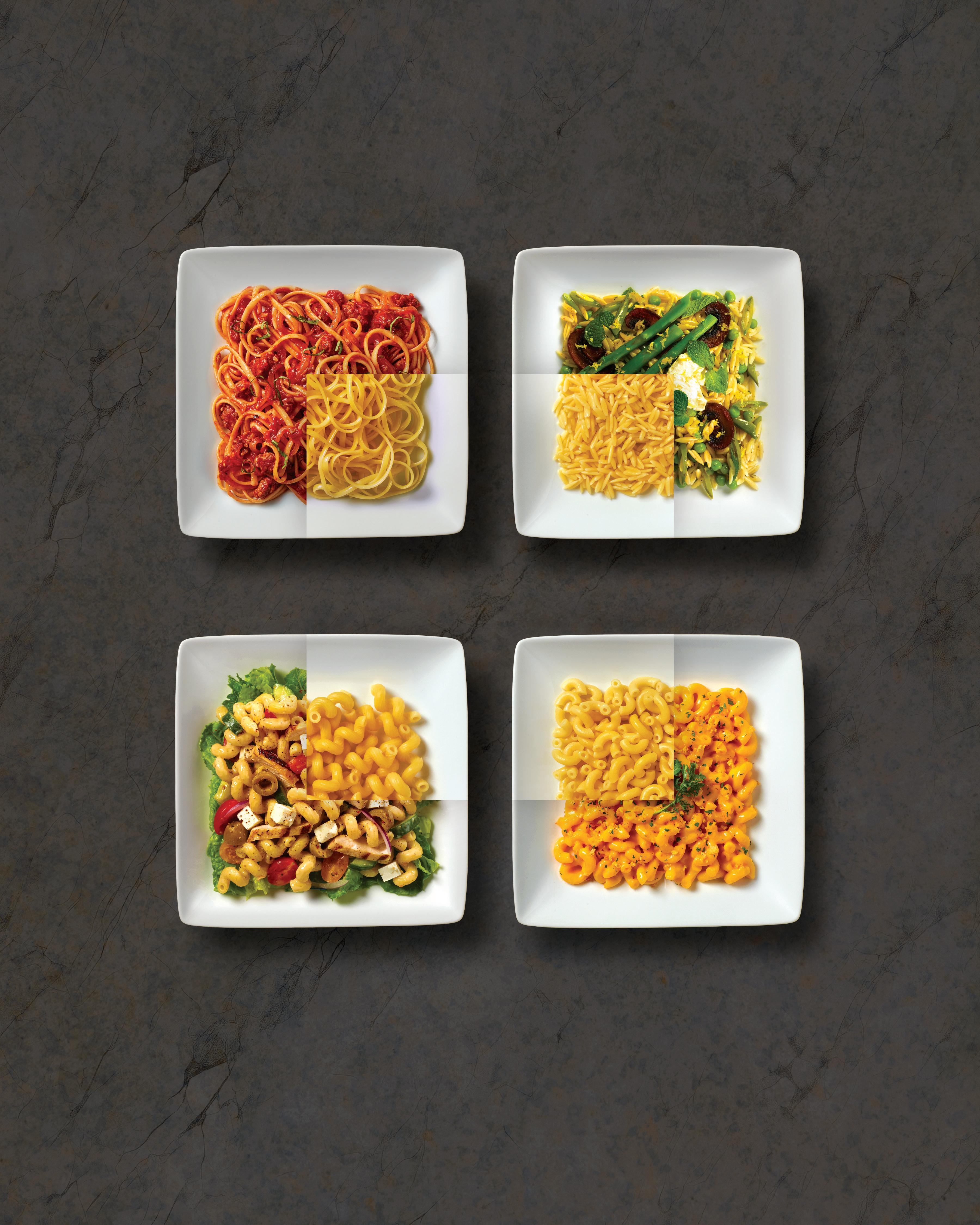
Unlike traditional mini golf, Puttshack uses smart golf balls and sensors to track each guest's performance.

BY BEN COLEY
The tech-driven mini golf + dining concept is 20 units and counting.
LOGAN POWELL USED TO HELP RUN the family office for Leroy Mitchell, the founder of Cinemark Movie Theaters. Then he had this “weird idea” to leave his Dallas-based investment job in 2019 for a mini-golf venue in West London. Few could have predicted the course it would chart.
Fast-forward six years, and Puttshack— the tech-driven mini golf and dining concept—is now 20 units strong. It plans to open three more venues in 2025 and maintain its competitive edge in the social entertainment segment.
Sixteen of the 20 locations are in the U.S.,
with the first launching in 2021. The chain averages $11 million to $12 million AUV, with 25 percent store-level margins. The venues average 25,000 square feet, but more than 50 percent of opening costs are covered through tenant improvement allowances.
Three new locations are opening in Skokie, Illinois; downtown Minneapolis; and Dania Beach, Florida. Future development will balance urban and suburban sites.
Though originally envisioned as an urban-heavy model, the portfolio has settled into a 50/50 split. Powell said the chain performs well in outdoor lifestyle centers and select malls.
“We want to make sure that as a business we’re doing sustainable growth and that this is a great time because we’ve been very focused on getting new stores open. I think we’ve done a great job of that,” Powell says.
“We want to make sure that we’re very thoughtful about how we operate this business and making sure that the guest experience is as great as it can be before we really start pushing the growth curve again. We’ve got a huge amount of white space still left, and it’s frankly just a fun business to be involved with.”
At the heart of Puttshack’s success is its proprietary tech platform, which powers everything from its immersive golf gameplay to back-end inventory and booking systems. Unlike traditional mini golf, the chain uses smart golf balls and sensors to track each guest’s performance.
The menu is a priority for Puttshack as well. With 55 percent of its revenue coming from food and beverage—and two-thirds of that being alcohol—the bar program is significant.
“We’ve tried to take a balanced approach on focusing on the game, which we think is fantastic and very unique, but also making sure that we’re offering a food and beverage component that is also unique,” Powell says. “We tend to have a higher-end casualdining experience, coupled with really fantastic craft cocktails.
Consumers are rethinking what they consume as more than a dozen states have introduced bills this year to crack down on synthetic dyes and artificial ingredients in food and beverages, like Red No. 3, Yellow No. 5, and Green No. 3, citing possible concerns over health issues. Restaurant operators should stay tuned in on this topic and be proactive, engaging in open dialogues with chefs and suppliers about potential plans to replace any synthetic dyes used in ingredients on the menu with natural alternatives like beet juice, turmeric, spirulina, butterfly pea flower, or paprika extract ingredients that not only offer vibrant hues, but also align with growing consumer demand for clean-label transparency.


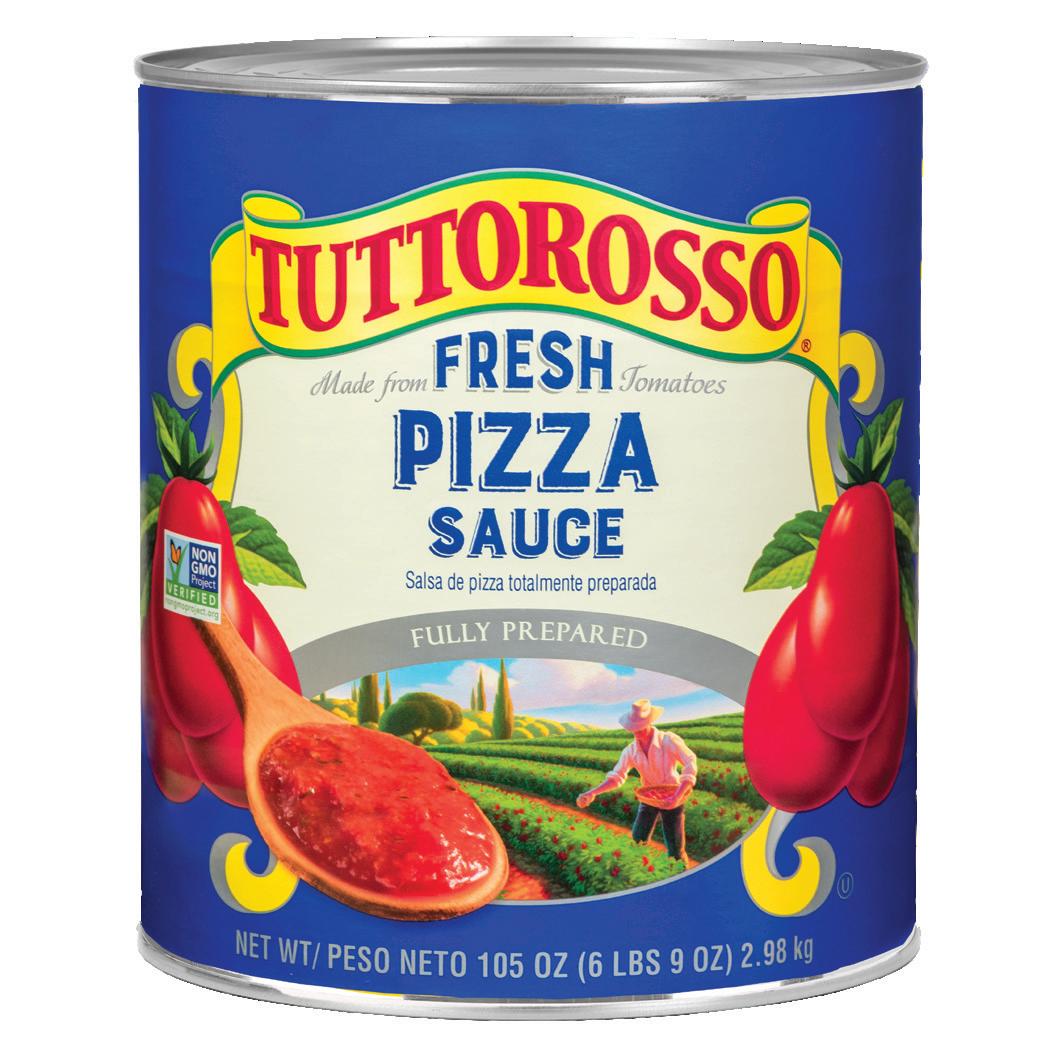














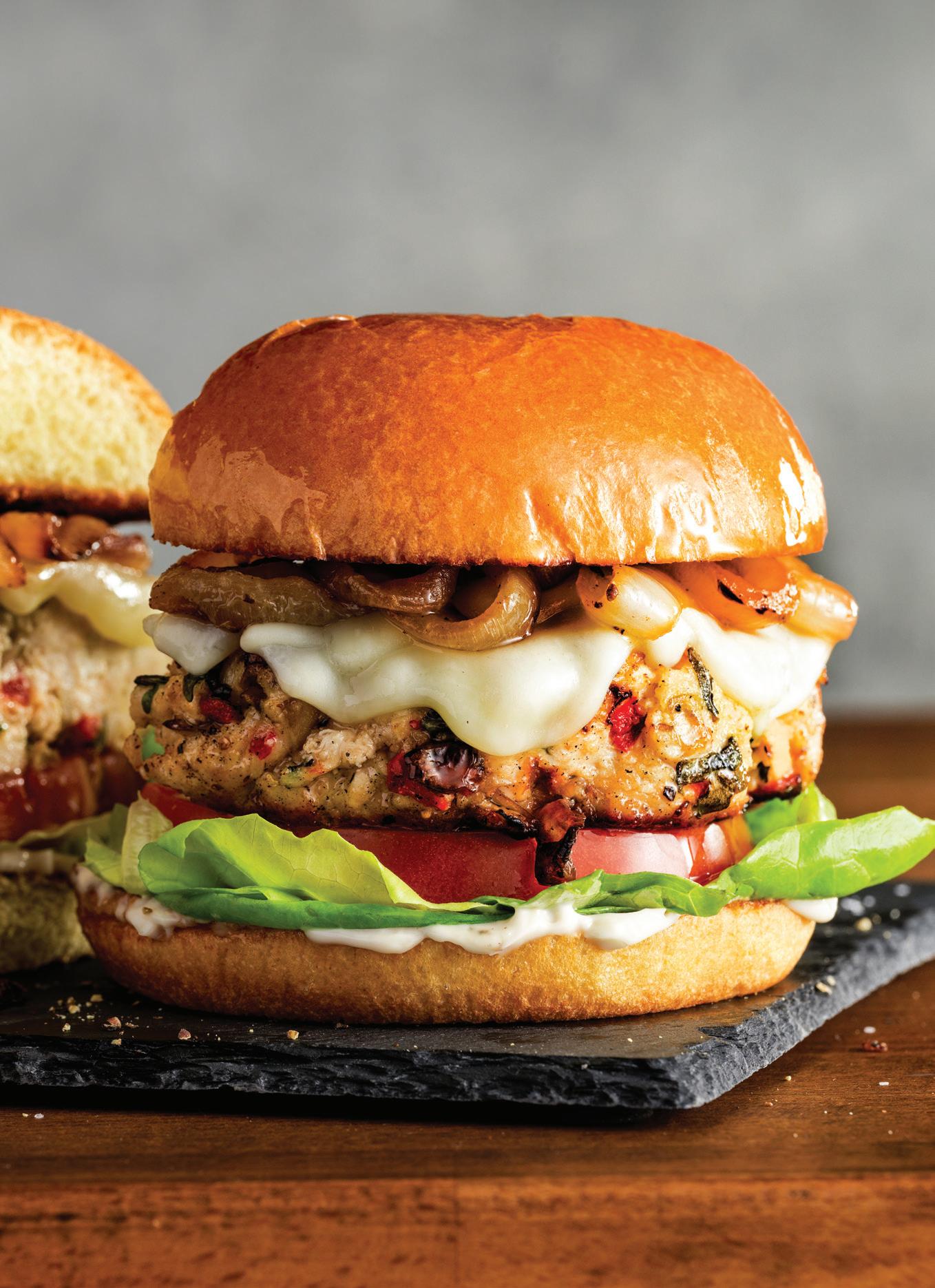
MENTIONED IN THIS SECTION DIDI • • THE MEAT CELLAR • • LUCILLE’S BAR-B-QUE • • BONYEON
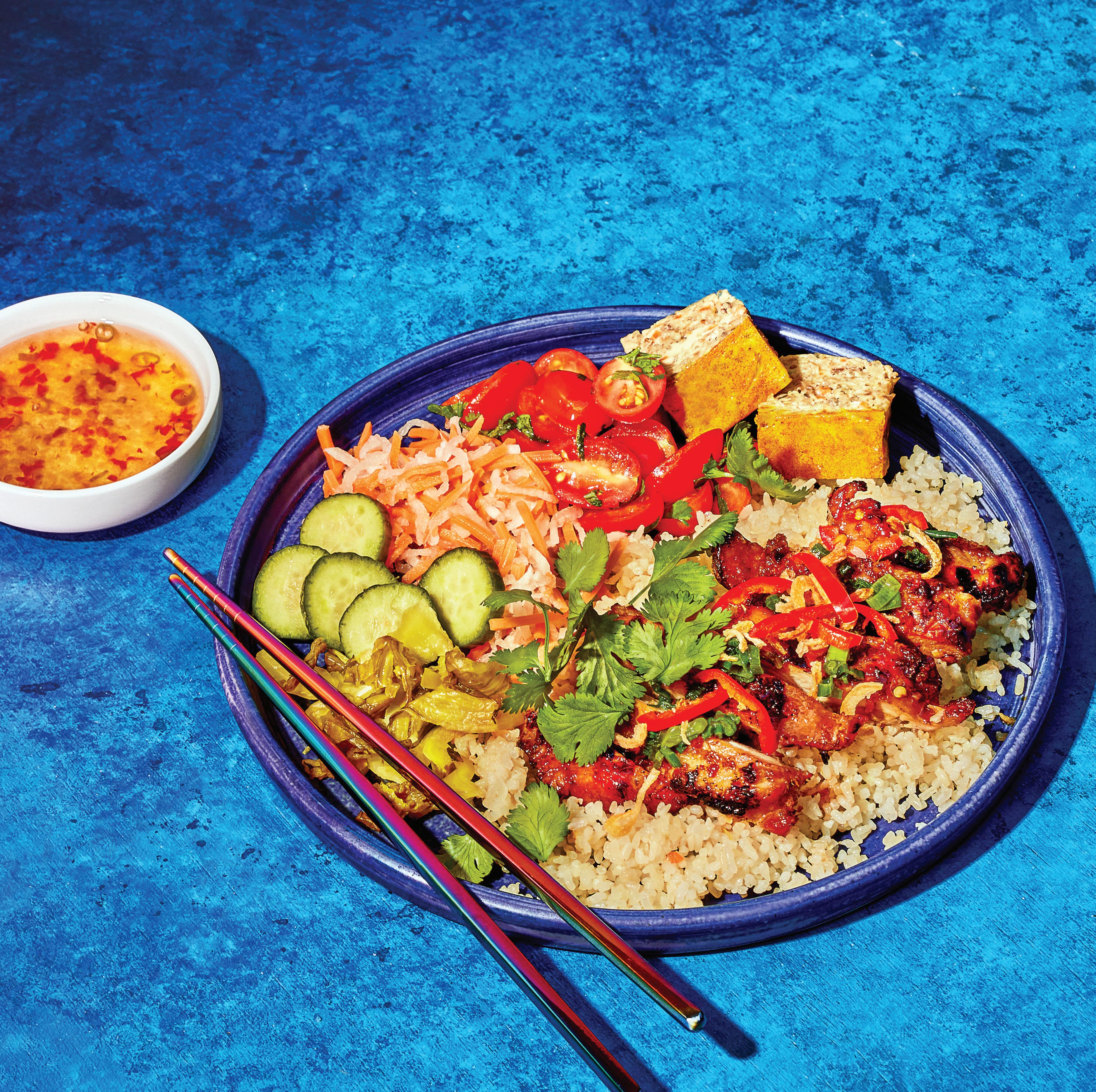
UNDER THE HANDLE @TWAYDABAE, NGUYEN LEANED FULLY INTO THE WORLD OF SOCIAL MEDIA, SHARING HOW-TO VIDEOS AND DEMYSTIFYING VIETNAMESE CUISINE. TIKTOK, SHE DISCOVERED, WAS THE PERFECT PLATFORM TO TELL HER CULINARY STORY AND INSPIRE PEOPLE TO COOK.
BY SATYNE DONER
Chef Tue Nguyen (aka “TwayDaBae”)’s platform celebrates authenticity, tradition, and storytelling.
CHEF TUE NGUYEN’S RELATIONSHIP with food evolved as she got older. Growing up in Vietnam, she hadn’t yet fallen in love with it. Food was everywhere, but it felt more like sustenance than connection. Eating with all 10 of her cousins, her aunties, and her grandparents felt routine. It wasn’t until she moved to the United States at age 8 that she realized how special those little moments had been—how her mother’s habit of
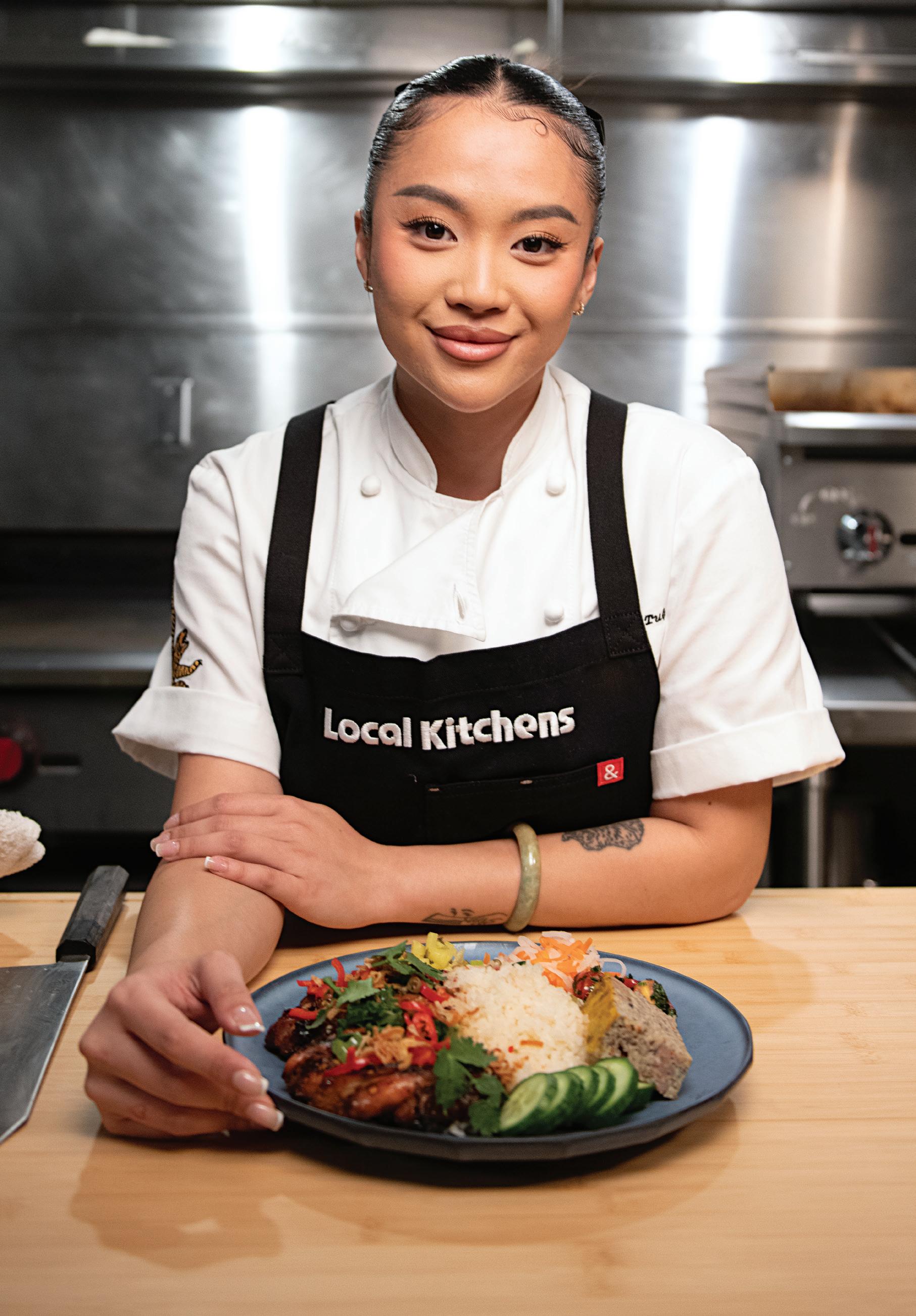
preparing full spreads of Vietnamese food wasn’t just about dinner. It was a way to stay connected to their traditions in an unfamiliar place.
“She’d pack my lunchbox for school, and when I opened it in the cafeteria, other kids would look at it and say, ‘Yo, what is that?’ and it was too early on for me to even understand what they were saying because of the language barrier, or even that I should have felt embarrassed,” Nguyen says. “I didn’t care about what they said. I knew my mom was a great cook, and I knew my food was amazing. So this is when I started to appreciate Vietnamese food more as a whole.”
Growing up in southern California, Nguyen struggled to make friends and communicate, so she turned to television to learn English. One day, while flipping through channels, she saw something unexpected—Vietnam. It was a
FAVORITE SPICE TO COOK WITH: Bird’s eye chilies
FAVORITE FOODIE CITY: Los Angeles
DISH YOU’RE MOST PROUD OF CREATING: Honey-glazed shrimp
IF YOU COULD COOK FOR ANYONE IN THE WORLD: My mom
FAVORITE TYPE OF MUSIC TO COOK TO: None. Silence.

she started posting restaurant reviews and mukbangs (eating videos) in her spare time.
scene from one of Anthony Bourdain’s shows, and it stopped her in her tracks.
“At this point, I had never seen Vietnam on television, but I knew that place; it was instantly so familiar. And the way he talked about Vietnamese food painted a picture much different than I had ever envisioned it to be,” Nguyen says. “I fell in love with his passion. It inspired me to look deeper into my relationship with food and eating.”
She soon discovered YouTube’s trove of online cooking content and began flirting with the idea of becoming a chef. Though that path wasn’t typical in her traditional Vietnamese family, she applied to culinary school—against their wishes—and committed fully.
After graduating in March 2020, Nguyen began working as a prep cook at Wolfgang Puck’s Spago. Inspired by the YouTube creators she grew up watching,
But when the pandemic hit, she couldn’t go out to eat as often, and the restaurant industry was facing uncertainty. She considered pivoting to recipe videos on TikTok, but struggled with the fear of judgment.
“Being fresh out of culinary school, I felt like I had this mindset where I didn’t have enough experience to share these recipes. I didn’t even have my own restaurant yet. But the pandemic changed everything for me,” Nguyen says. “I realized people wanted to see something practical. My content was reaching people younger than me who had recently moved out and weren’t taught how to cook. I realized they were looking up to me.”
Under the handle @TwayDaBae, Nguyen leaned fully into the world of social media, sharing how-to videos and demystifying Vietnamese cuisine. TikTok, she discovered, was the perfect platform to tell her culinary story and inspire people to cook. Her mission became clear: make Vietnamese food
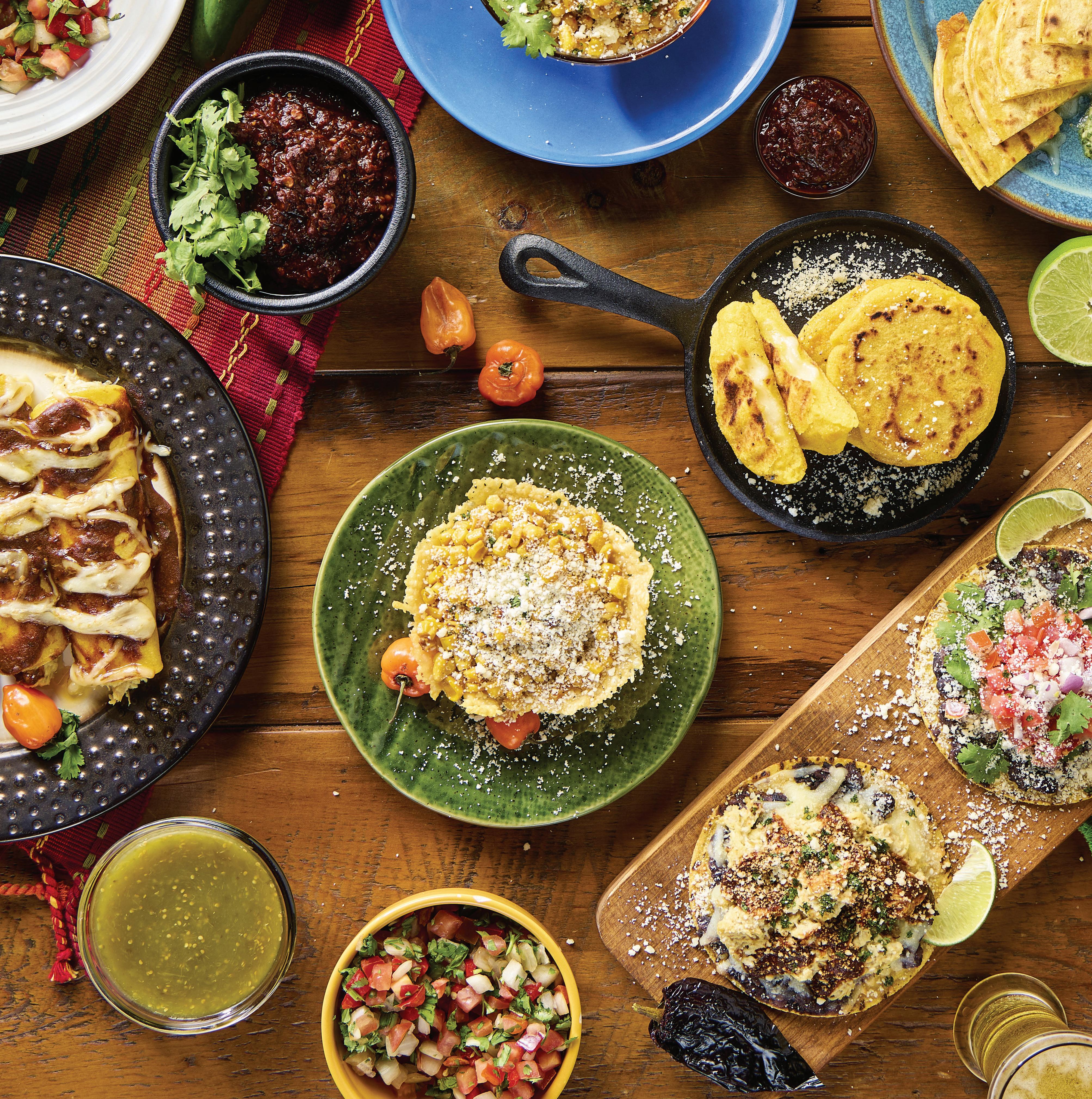
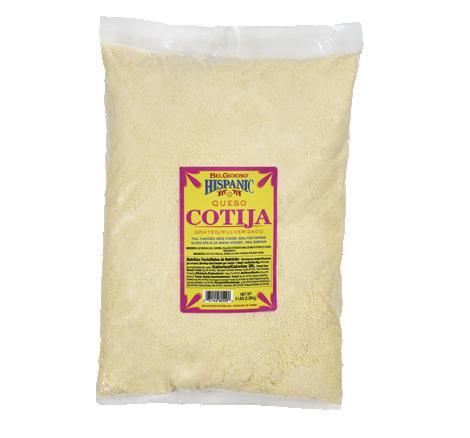
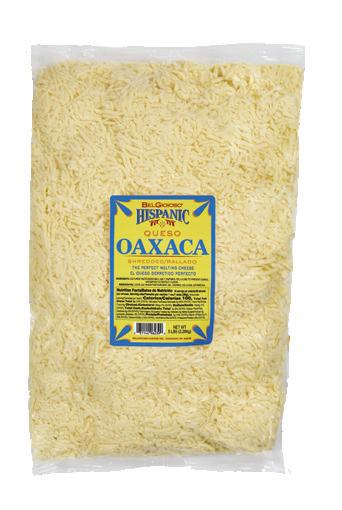
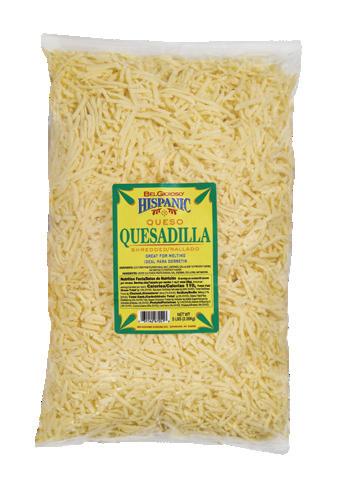
approachable and dismantle the perception that it’s intimidating or out of reach.
“Through my videos, I wanted to encapsulate the idea that people shouldn’t be afraid to try Vietnamese food or practice knife cuts. You don’t have to be a Michelin-starred chef to do these things. They are simple concepts and basic techniques done well,” Nguyen says. “I want people to see my content and be inspired. I want them to realize cooking delicious
and with chef Roy Choi in Los Angeles. These events allowed her to explore different service styles and sharpen her identity as a chef.
In 2023, Nguyen opened her first restaurant, DiDi, in the heart of West Hollywood. Described as “a love letter to Vietnam,” the menu showcases dishes like sea bass aguachile, crab fried rice, Viet beef braise, and mango rice pudding— each infused with the flavors and sto -

meals for themselves can be easy.”
Her videos quickly gained traction, racking up millions of views, 18 million likes, and nearly 700,000 followers. Nguyen’s approachability and authenticity struck a chord, and her refusal to gatekeep culinary knowledge helped build a loyal community. “I’ve realized that people on social media love going on a journey to figure shit out with you. They want to see behind the scenes of how you do things,” Nguyen adds. “There is a desire to be as real and honest as possible with the challenges you’re facing … we’re dismantling stigmas around what a chef looks like and can be.”
Nguyen’s online success soon translated into real-world opportunities. She hosted a string of sold-out pop-ups with The h.wood Group, Family Style Festival, ComplexCon, Madame Vo in New York,
ries of her heritage. “[DiDi] allows me to paint a whole picture of Vietnam and create a ‘worth it’ experience,” Nguyen says. “If someone has been following me online and comes to experience my space and try my food in real life, I want them to feel satisfied. That is my one goal to achieve with my restaurant.”
In early 2025, Nguyen partnered with Local Kitchens, a San Franciscobased concept known for its multi-cuisine menus. This marked the brand’s first Vietnamese-inspired offering and a chance for Nguyen to share her take on heritage dishes with a new audience.
One standout item on the menu is Nguyen’s take on “broken rice plates” (or com tam), a street food staple with deep roots in southern Vietnam. Once a dish made from discarded rice grains and served by rural families, com tam has
become a powerful symbol for Nguyen.
“Embracing the story and honoring the tradition of this grain of rice was the mission,” Nguyen says. “There’s so much history behind this dish, and I always told myself I’d have a broken rice concept someday … Local Kitchens was the perfect avenue to share my vision.”
Nguyen still allows herself creative freedom, exploring Vietnamese flavors through new interpretations. Her dishes, like Spicy Pork Belly Fried Rice and Rich Pork Belly Tam, offer playful spins on tradition while keeping the essence intact. For every menu she designs, she balances heritage with bold updates that give guests something to come back for.
Her influence goes beyond social media and restaurants. In 2024, Nguyen released her debut cookbook, “Di An,” a collection of recipes and stories that chronicle her evolution as a chef, creator, and entrepreneur.
“At first, I didn’t even know what my book was going to be about. I didn’t have time to think about it. Normally, a cookbook is something chefs do when they aren’t trying to open restaurants,” Nguyen says. “But it ended up writing itself as my journey went on. I included recipes that I grew up with, ones I used while I was on the road doing pop-ups, and ones that I was creating for my restaurant. It shows the progression of me figuring it all out, my journey as a chef, a content creator, a big sister, and an entrepreneur.”
Nguyen’s ultimate goal is to open a restaurant in Vietnam and employ her family there—creating generational wealth and giving back to her roots. She also plans to continue hosting immersive trips to Vietnam, now an annual tradition, where she and her fans eat their way across the country and gather inspiration for future recipes and pop-ups.
“It’s exciting to see Vietnamese American cuisine start to pop off in the U.S.; it’s like watching food evolve in real time,” Nguyen says. “And people are constantly challenging new concepts. In Vietnam, there’s always something new to try. It’s exciting, and it’s something that we should continue to embrace here as well and stay open-minded.”

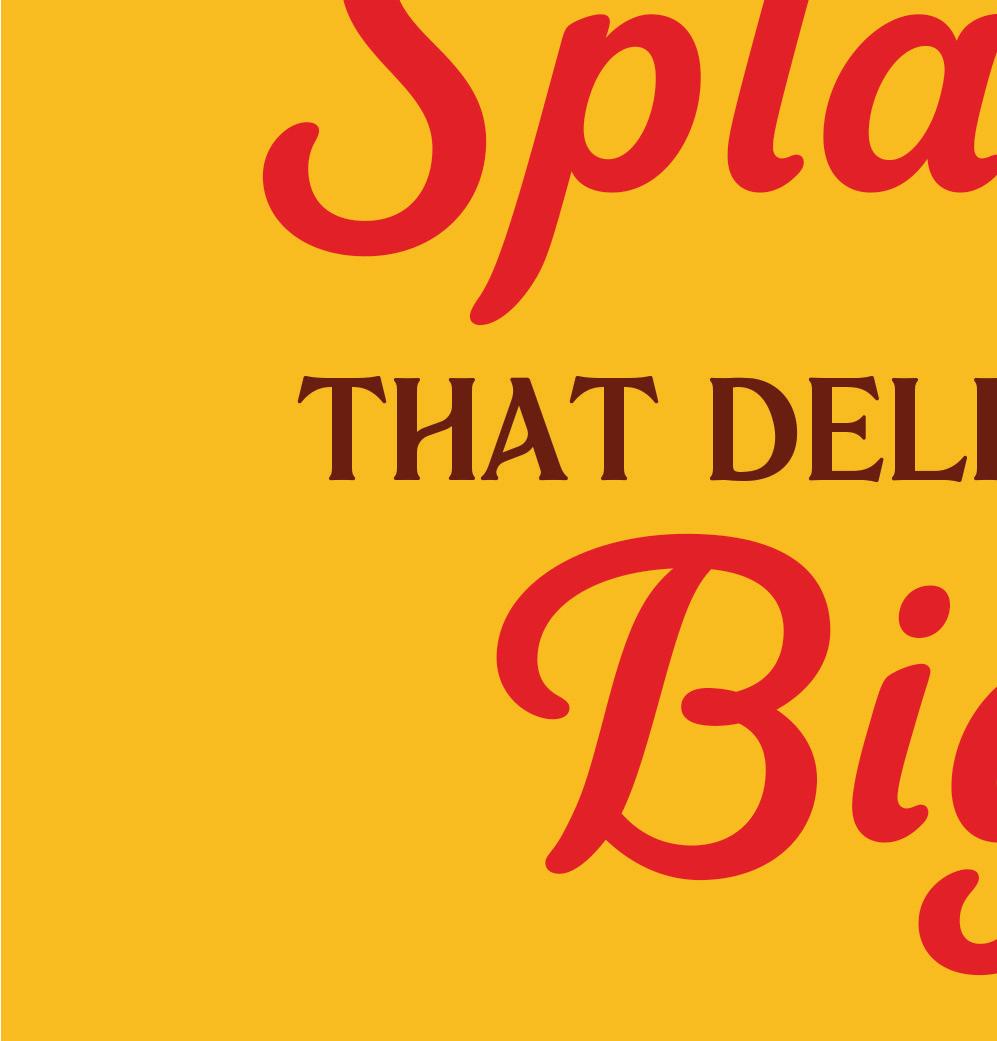
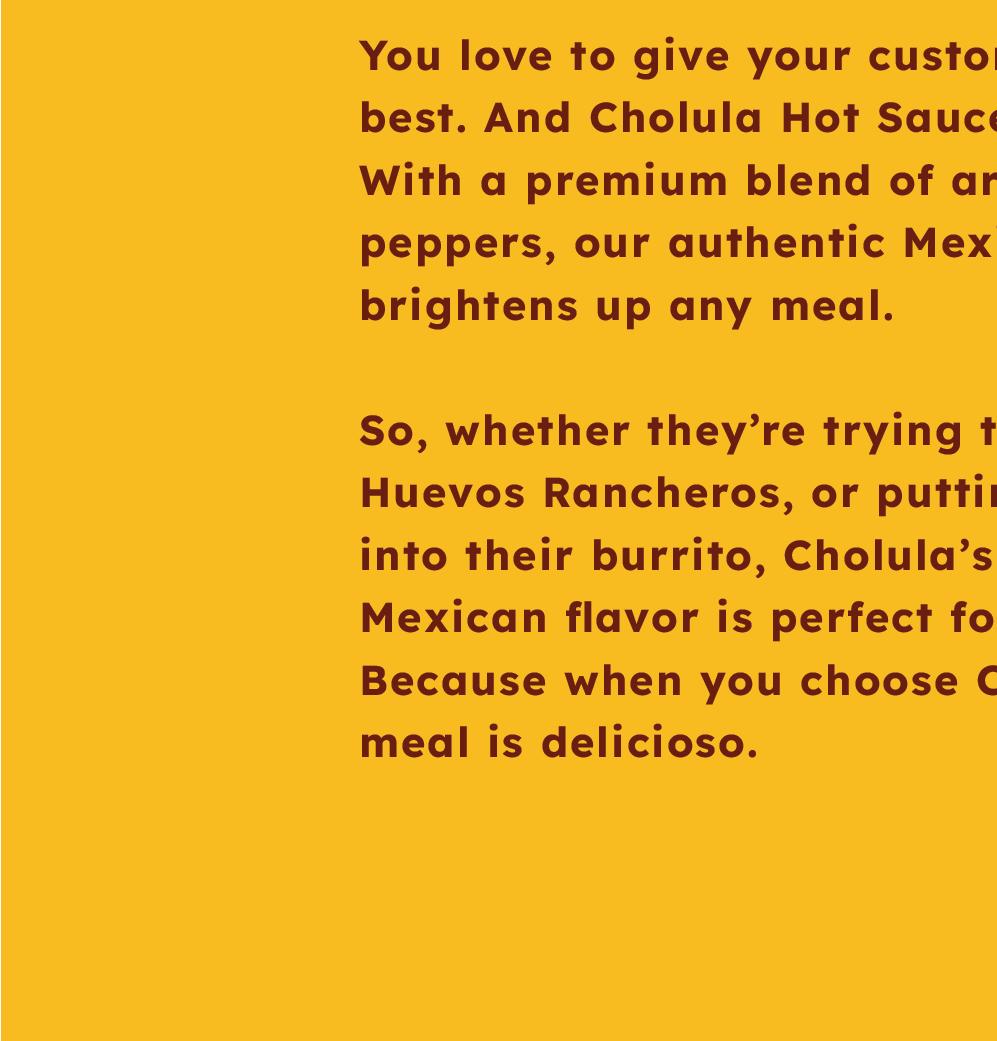
LEARN MORE

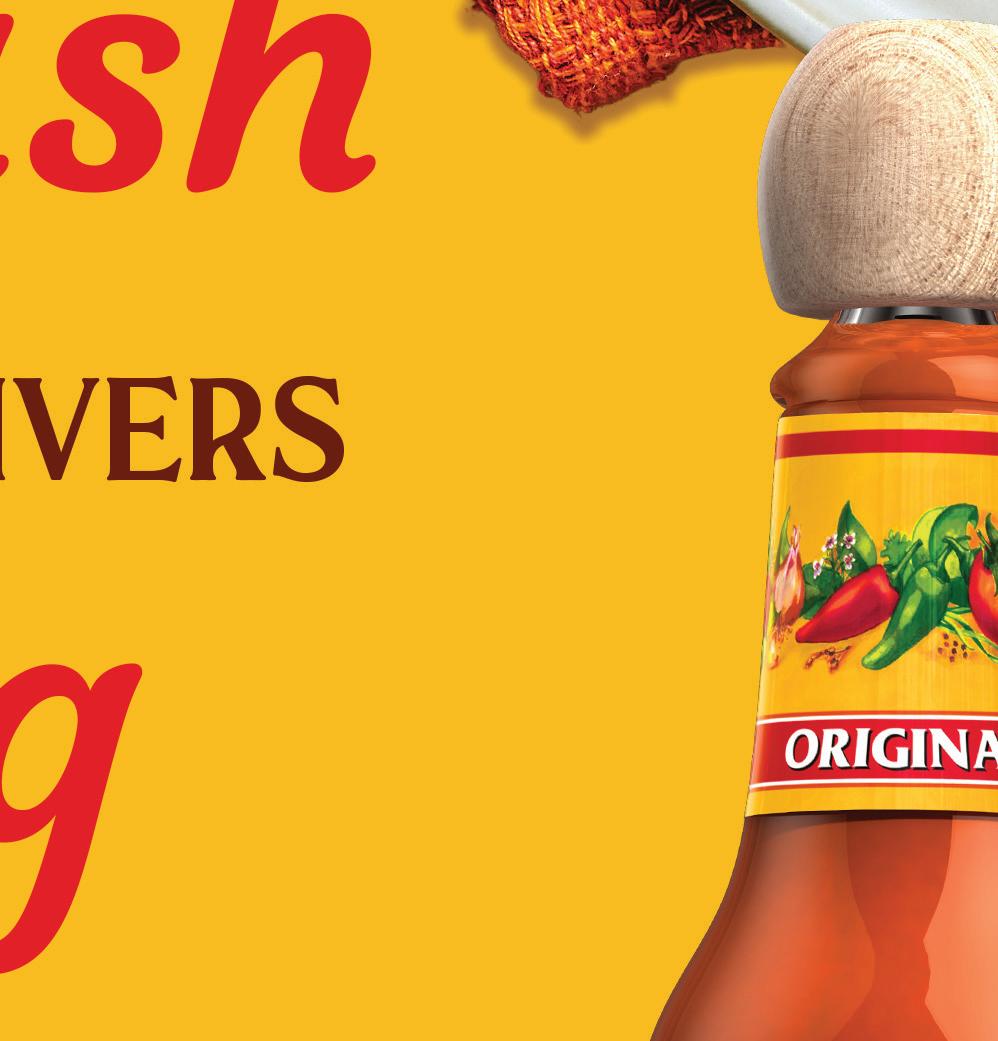




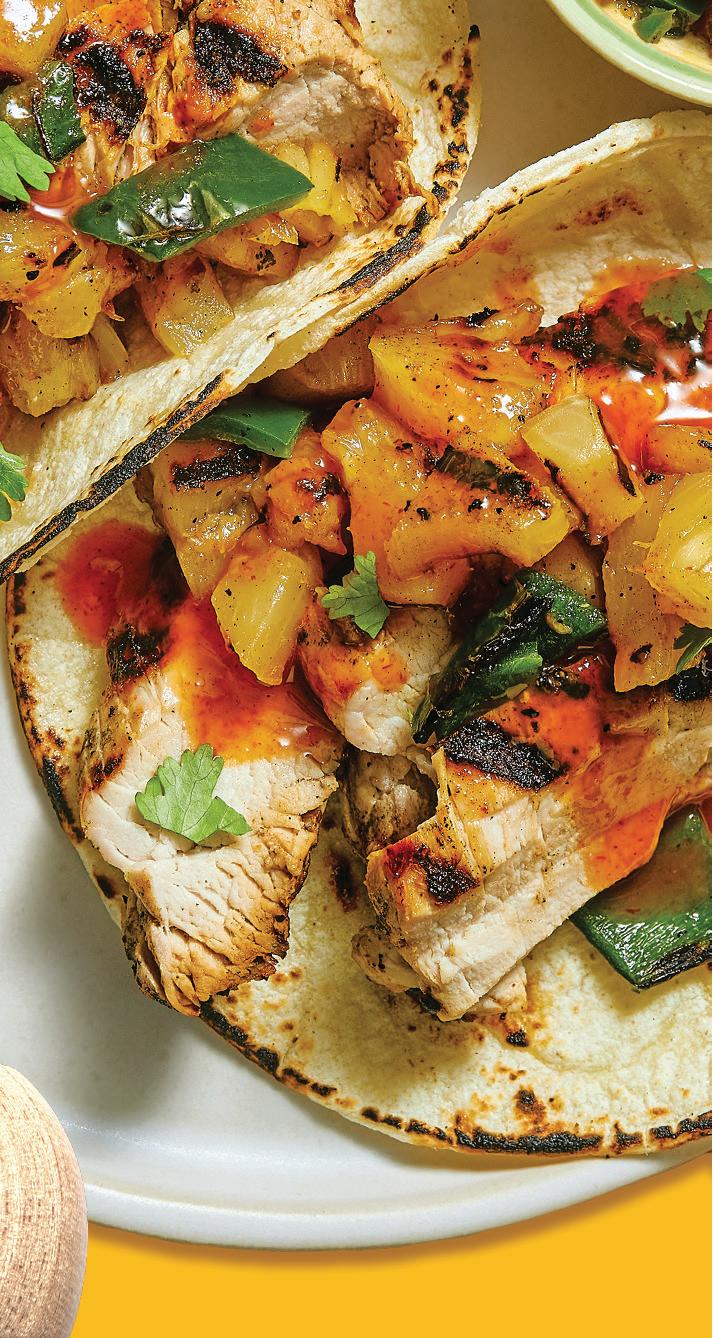
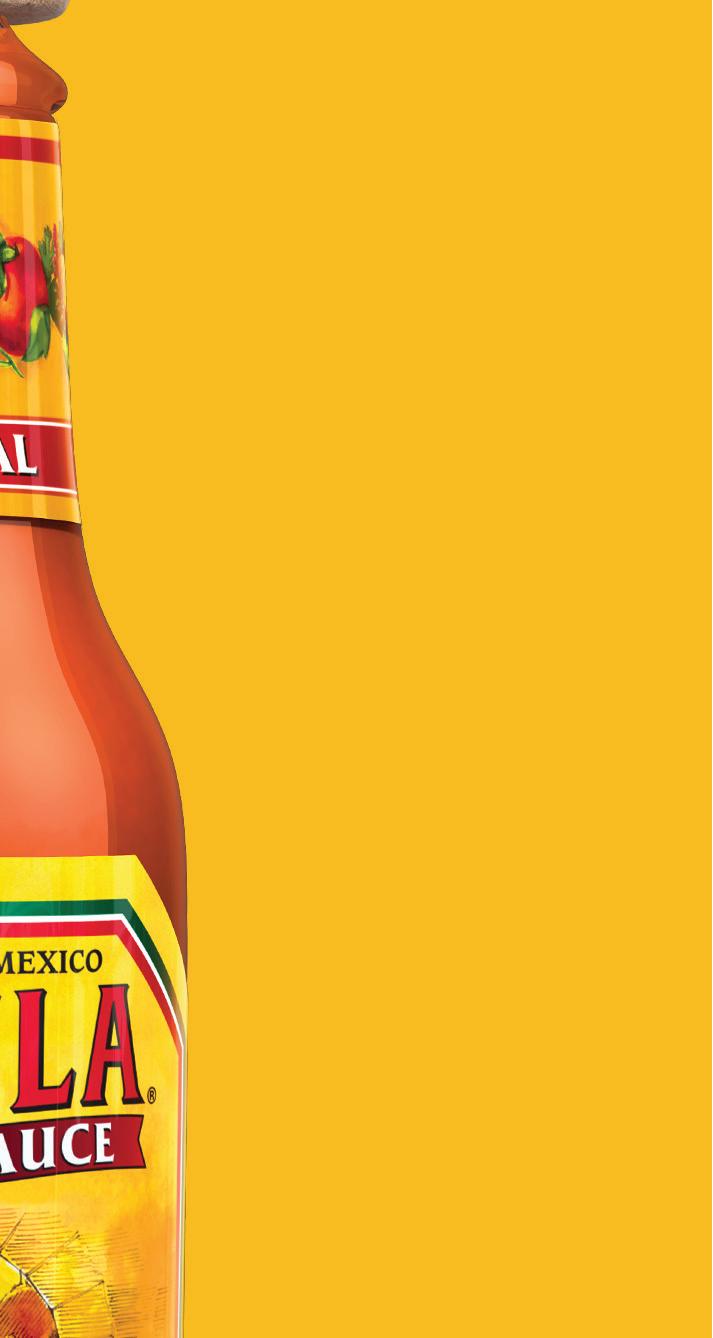
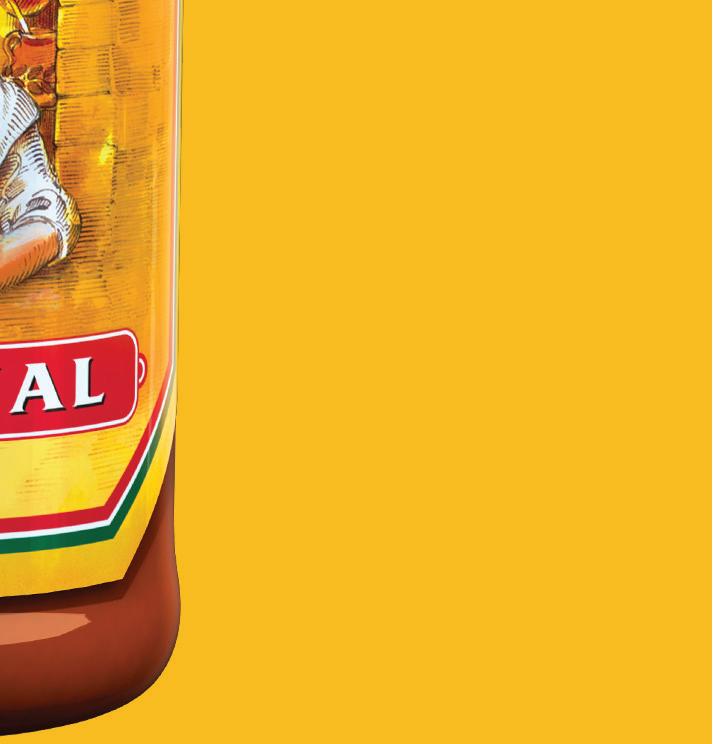
BY SATYNE DONER
Modern meat-centric restaurants are reimagining the barbecue experience.

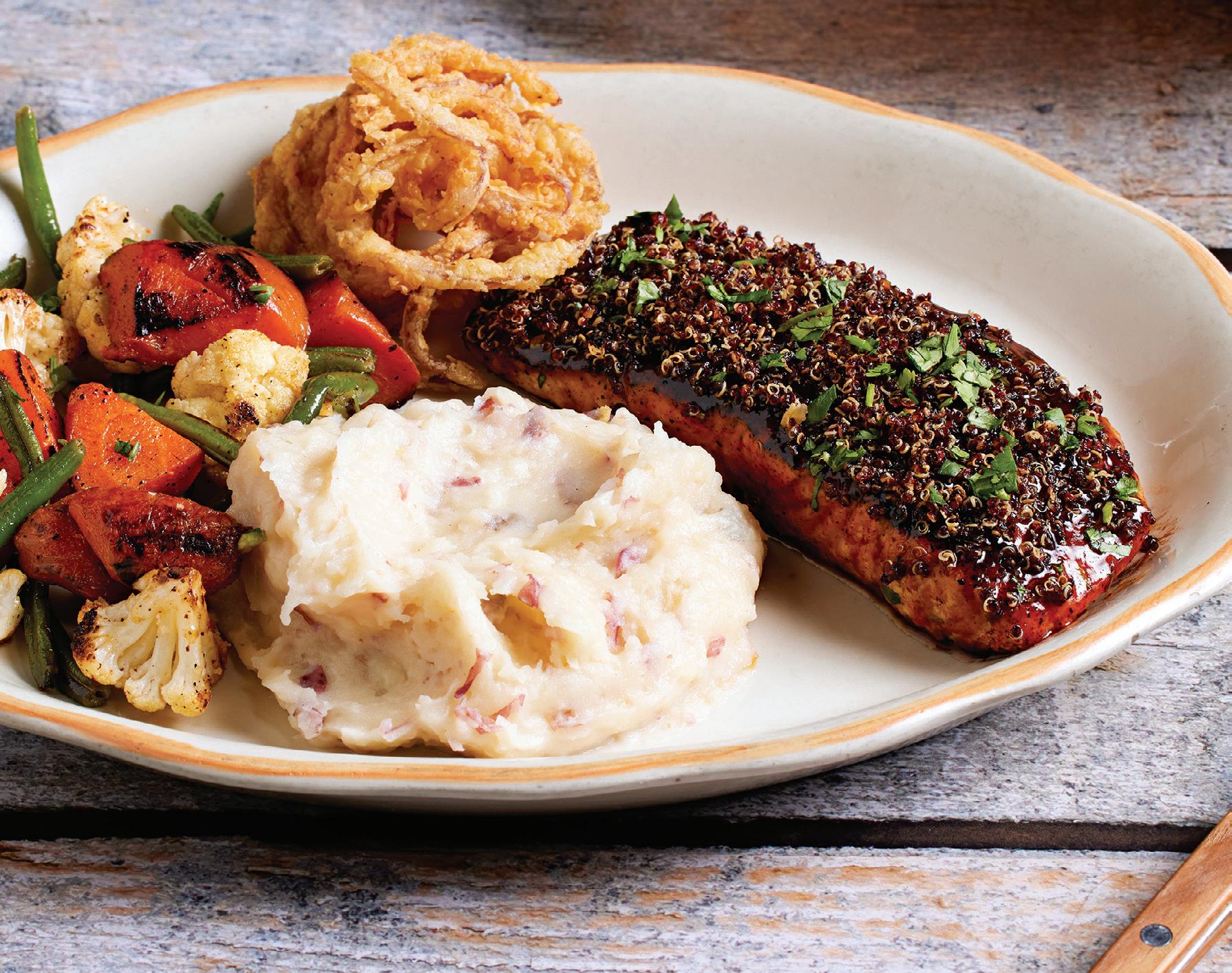
Before launching The Market by The Meat Cellar Steakhouse in southern California—affectionately dubbed the “Eataly” of barbecue—with his wife, Sara, he spent 17 years as a meat sales rep, supplying naturally raised cuts to clients such as Disneyland and top restaurants in Las Vegas. But opening their own concept was always their dream. When the time came, they created a destination that’s rewriting the barbecue playbook, complete with a full-service butcher counter, retail market, educational experiences, and a sit-down restaurant.
“I am the meat knowledge and barbecue; my wife is the inspiration and vibe curator. When we come together and combine all of these elements, it’s magic,” Villegas says. “It’s a constant flow—a circular motion and synergy unlike any traditional steakhouse.”
The destination is best known for its flame-grilled tomahawk steaks, which can weigh up to five pounds and are available in a variety of cuts. “The tomahawk is a conversation piece, and a lot of our food is meant to be shared, create community, and spark conversation,” Villegas says. “When our customers are sitting down, talking and engaging with the other side of the table, that’s our whole purpose.”
Meanwhile, Lucille’s Smokehouse Bar-B-Que is a family-owned and operated concept with 19 locations throughout California, Arizona, and Nevada, and is inspired by the regional flavors of down-home southern roadhouses.
For chef Haim Asher, VP of culinary, the most beautiful thing about barbecue is its deep-rooted traditions, especially through the lens of cooking tech-
niques and processes. “When it comes to innovation, the only thing you’re creating is workarounds for the craft itself. Everything has been clearly outlined, and we’re trying to honor the spirit of southeastern barbecue,” he says.
All of the meat at Lucille’s is smoked over hardwood—some cuts take as little
year’s Smokey Joe sandwich.
The key to rounding out Lucille’s menu is all about balance. Asher designs dishes in terms of flavors and textures— crispy, creamy, salty, sweet, sour, or spicy. Everything is deliberate, right down to the amount of sauce served. Some items, like the Smokey Joe, are slathered and belly, and skirt steak, served with banchan, ssamjang, and lettuce.
“My husband and I grew up with Korean barbecue, and the tables were always full of food and energy. We wanted to incorporate this into our omakase concept, where every bite has a story and intention. It’s curated, but soulful,” says

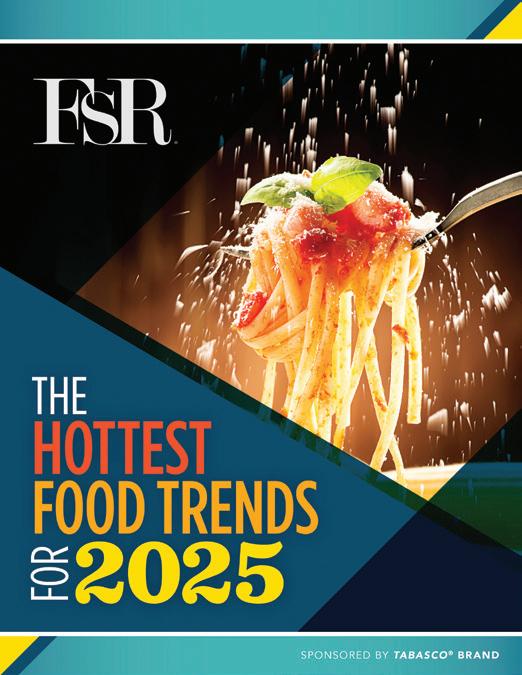

As the market shifts, eggs are helping foodservice teams stay nimble and consistent.
As operators navigate labor shortages, the push for menu creativity, and the need to reduce food waste and improve kitchen efficiency, ingredients with built-in versatility are pulling the most weight. And few deliver like eggs. According to Datassential, 49 percent of consumers say they order breakfast foods outside of breakfast hours to satisfy a craving for something specific—like eggs. Operators are tapping into that demand, loading eggs onto salads, sandwiches, and small plates to stretch across dayparts and drive sales growth. With new product formats and culinary R&D support from the American Egg Board (aeb), eggs continue to stay relevant and set the standard in any kitchen.
“The number one thing that makes eggs irreplaceable in today’s foodservice industry is versatility,” says Nelson Serrano-Bahri, director of innovation at American Egg Board. “There are so few ingredients in a cook’s toolbox that can do what eggs can—whether it’s creating a thick, rich emulsion or a delicate foam, it’s all coming from the same ingredient.”
That versatility is both a culinary bonus and an operational advantage. Eggs are used in nearly every cuisine, appear in all dayparts, and offer 20-plus functions in food preparation, from binding and emulsifying to leavening and enriching. “People know eggs. They trust them. More than 90 percent of Americans buy eggs,” Serrano-Bahri says. “And that consumer familiarity translates to menu confidence.”
To help operators keep pace with demand while streamlining execution, the AEB has supported development of egg formats that reduce prep time, increase
consistency, and extend shelf life. Serrano-Bahri points to precision-cooked options, sous-vide egg bites, liquid egg blends with seasonings, and pre-cooked formats, like hard-boiled or scrambled eggs, as standout innovations.
“We’re not talking about the frozen scrambled eggs of the past,” SerranoBahri says. “With advances in pasteurization and freezing, the quality is significantly better. They hold up well, perform consistently, and are safer to store and handle in high-volume environments.”
These ready-to-use formats also reduce the need for skilled labor. “One of the biggest challenges operators face is turnover, which requires hiring and training new staff,” Serrano-Bahri says. “When you use pre-portioned egg products, you don’t need to worry about new employees undercooking dishes or wasting ingredients. It’s set up for success from the start.”
Advancements in alternative formats like liquid egg products that cater to specific functions, such as foaming or gelling, allow chefs to develop new textures and applications without extensive ingredient knowledge or technique training. “We’re making eggs work smarter in the kitchen,” Serrano-Bahri says.
While eggs are a breakfast mainstay, consumer cravings and global culinary influences are helping them move far beyond the morning rush. “We’ve done a lot of work to demystify the idea that eggs are just for breakfast or brunch,” SerranoBahri says. “Around the world, people eat eggs for lunch and dinner without hesitation. And we’re seeing that shift in the U.S. now.”
For example, eggs are showing up in ramen bowls, carbonara pastas, Korean bibimbap, and Mediterranean shakshuka— all egg-forward dishes with mass appeal.
“We’ve even seen a creative revival of the deviled egg, where chefs are playing with flavor profiles that reflect different global cuisines,” Serrano-Bahri says.
The American Egg Board’s innovation pipeline is closely aligned with these shifting consumer behaviors. The demand for high-protein foods, clean-label items, globally inspired flavors, and wellnessoriented beverages are key drivers. “We’re developing applications that address each of those pillars,” Serrano-Bahri says.

produce a perfect fried egg using a microwave or speed-cook oven—no culinary skill required. That’s how we solve real problems.”
Egg-based beverages are a growing category, from smoothies to functional drinks and indulgent dessert cocktails. “We’re seeing egg yolks used to create velvety textures without artificial thickeners, and egg whites for protein-packed refreshers,” he says. “It’s not just novelty— it’s smart use of nutrition and function.”
Serrano-Bahri notes the growing use of eggs in bar programs and beverages as well. “We’re seeing a return to cocktails like pisco sours, whiskey sours, and Ramos gin fizzes because operators are recognizing the unique texture eggs provide,” Serrano-Bahri says. “Egg whites create that silky foam, and egg yolks bring richness and body—there’s nothing else quite like it.”
The American Egg Board doesn’t just promote eggs and egg products, it also
provides direct support to operators to make those menu concepts a reality. “We bridge culinary vision with operational reality,” Serrano-Bahri says. “We’re not just testing for flavor. We’re testing for scalability, labor needs, holding performance—everything that determines if a dish actually works in the real world.”
That includes connecting operators with manufacturers, helping translate recipes into production-ready formulations, and guiding brands through reformulation for consistency. In one recent example, the AEB helped a multi-unit operator scale a proprietary egg-based sauce. “They had the concept, but they didn’t have the supply chain figured out,” Serrano-Bahri says. “We connected them with the right comanufacturer and helped them take it to scale across locations.”
The organization is also working on proprietary technology to make specific formats more accessible. “One of the top pain points we hear is the inability to consistently serve fried eggs,” Serrano-Bahri says. “We’re developing a device that can
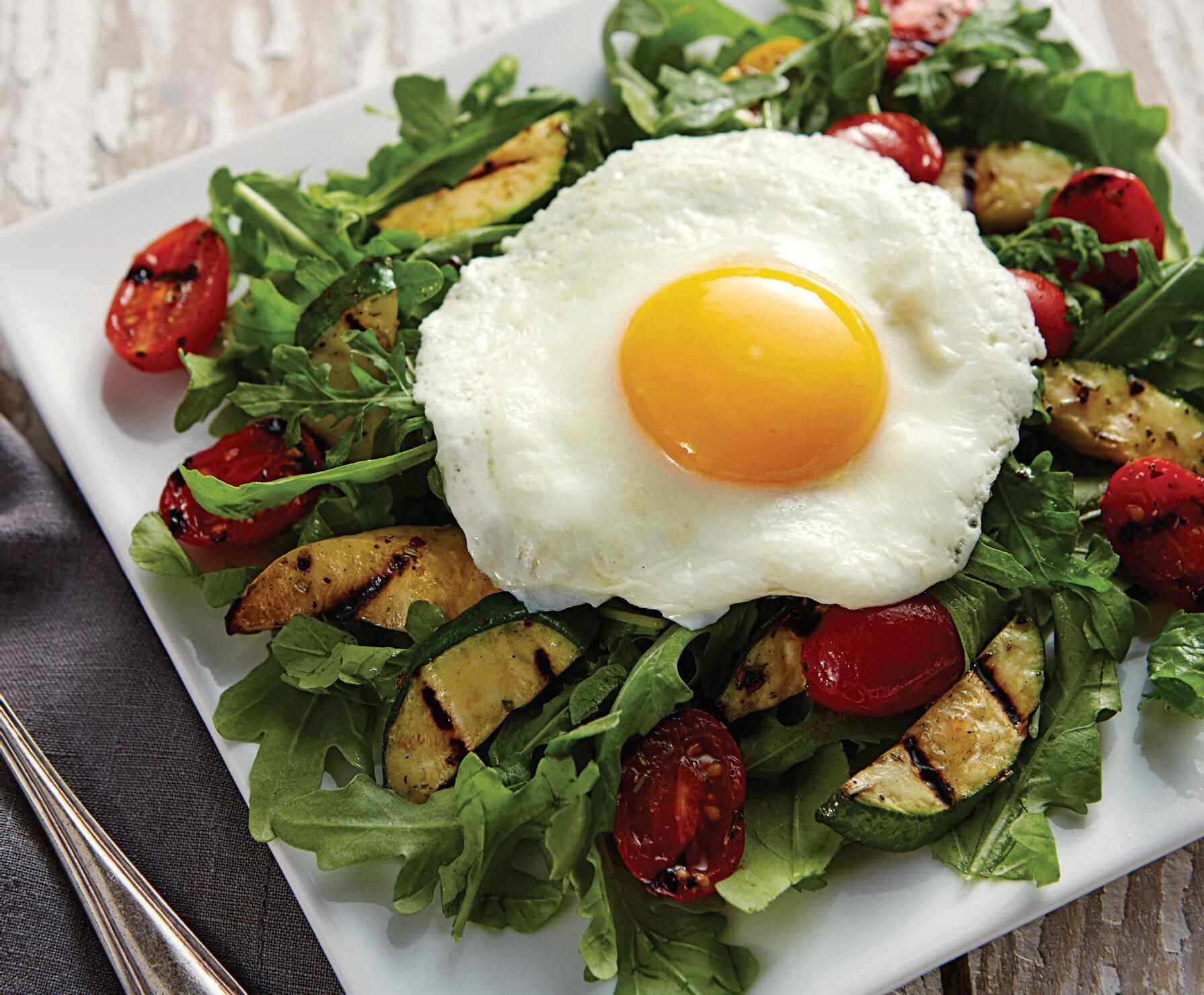
Amid ongoing operational challenges, operators often look to cut ingredients or change formats to improve efficiency and reduce waste. Serrano-Bahri argues that eggs, particularly in value-added formats, help avoid that need altogether. “Egg products help control labor, reduce spoilage, and offer longer shelf life compared to shell eggs,” he says. “You also eliminate variability—every portion is consistent.”
He adds that unlike some substitutes, eggs don’t require workaround techniques. “With alternatives, staff often
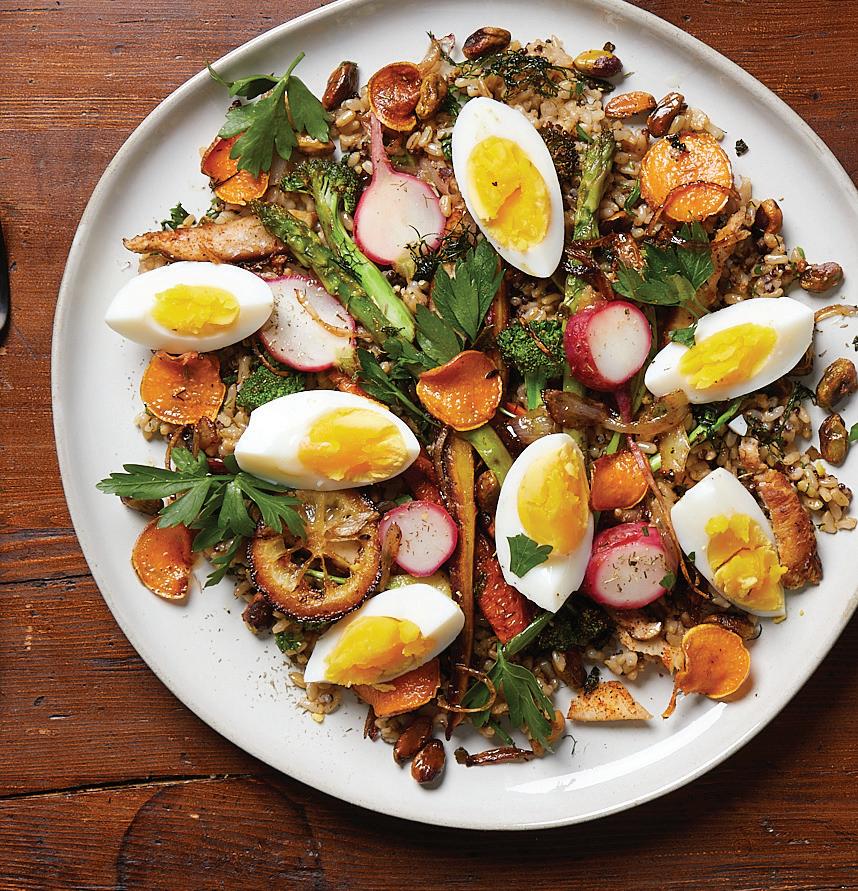
have to relearn how to cook something or add extra ingredients to make it work. That adds cost and complexity,” SerranoBahri says. “With eggs, you know exactly what you're working with.”
In the end, Serrano-Bahri wants operators to see the American Egg Board as more than a promotional partner. “We want to be part of the conversation from day one,” he says. “If you’re working with eggs—or even just considering them—we can help make that process smoother, smarter, and more successful.”
Whether it’s concepting new items, solving for labor gaps, or navigating operational hurdles, AEB works as an extension of the operator’s team. “Our job is to help you innovate without adding risk,” Serrano-Bahri says. “And we’ll meet you wherever you are—whether you need a co-packer, a test kitchen, or just the data to make a case.” By Drew Filipski
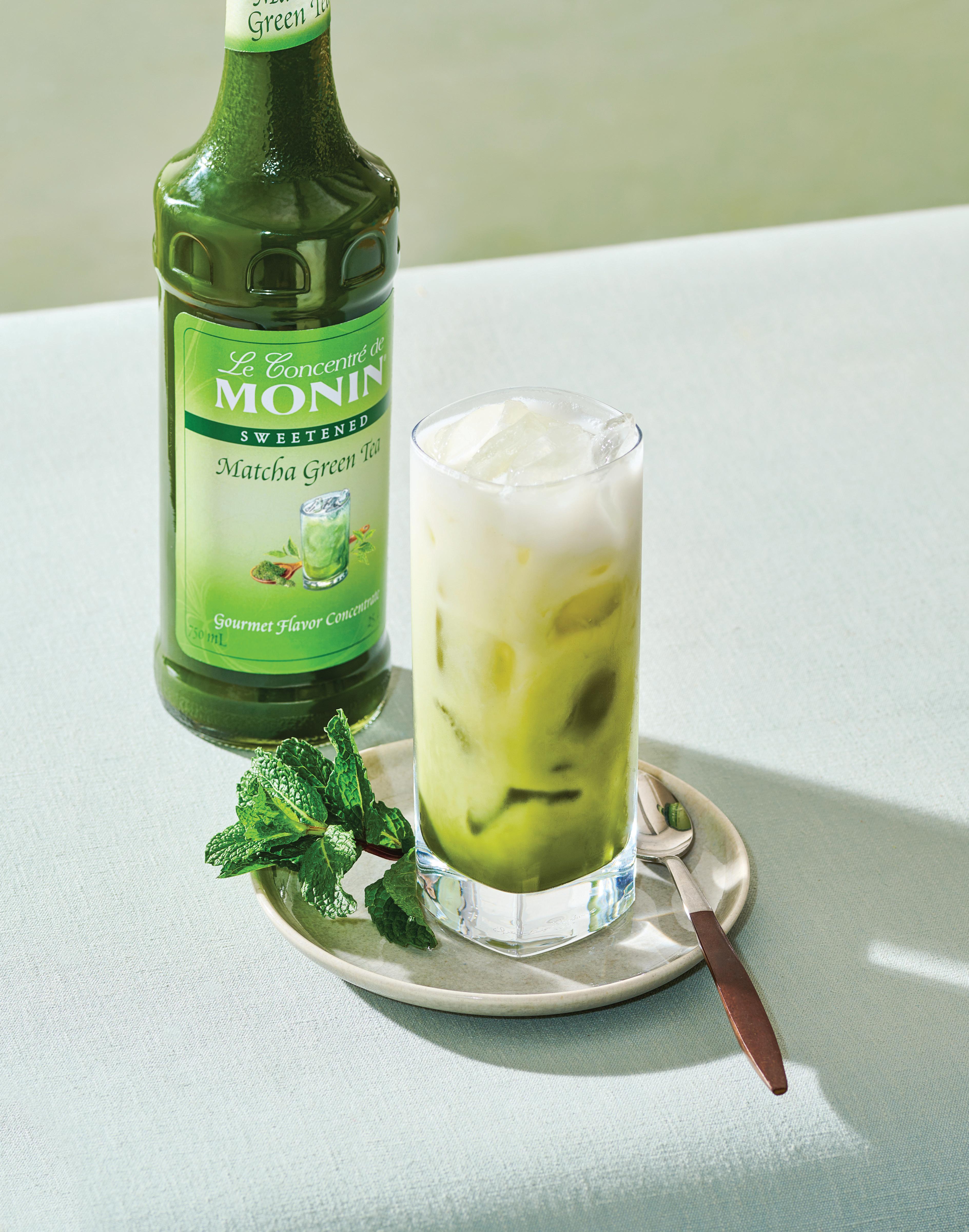
MENTIONED IN THIS STORY BREWLANDO • THE CASUAL PINT
ONE OF THE BIGGEST SHIFTS RESHAPING THE TAPROOM LANDSCAPE IS THE STEADY PUSH INTO NEW BEVERAGE CATEGORIES BEYOND BEER TO MEET EVOLVING CONSUMER PREFERENCES, FROM SELTZERS AND CIDERS TO WINE, COCKTAILS, AND NONALCOHOLIC OFFERINGS.
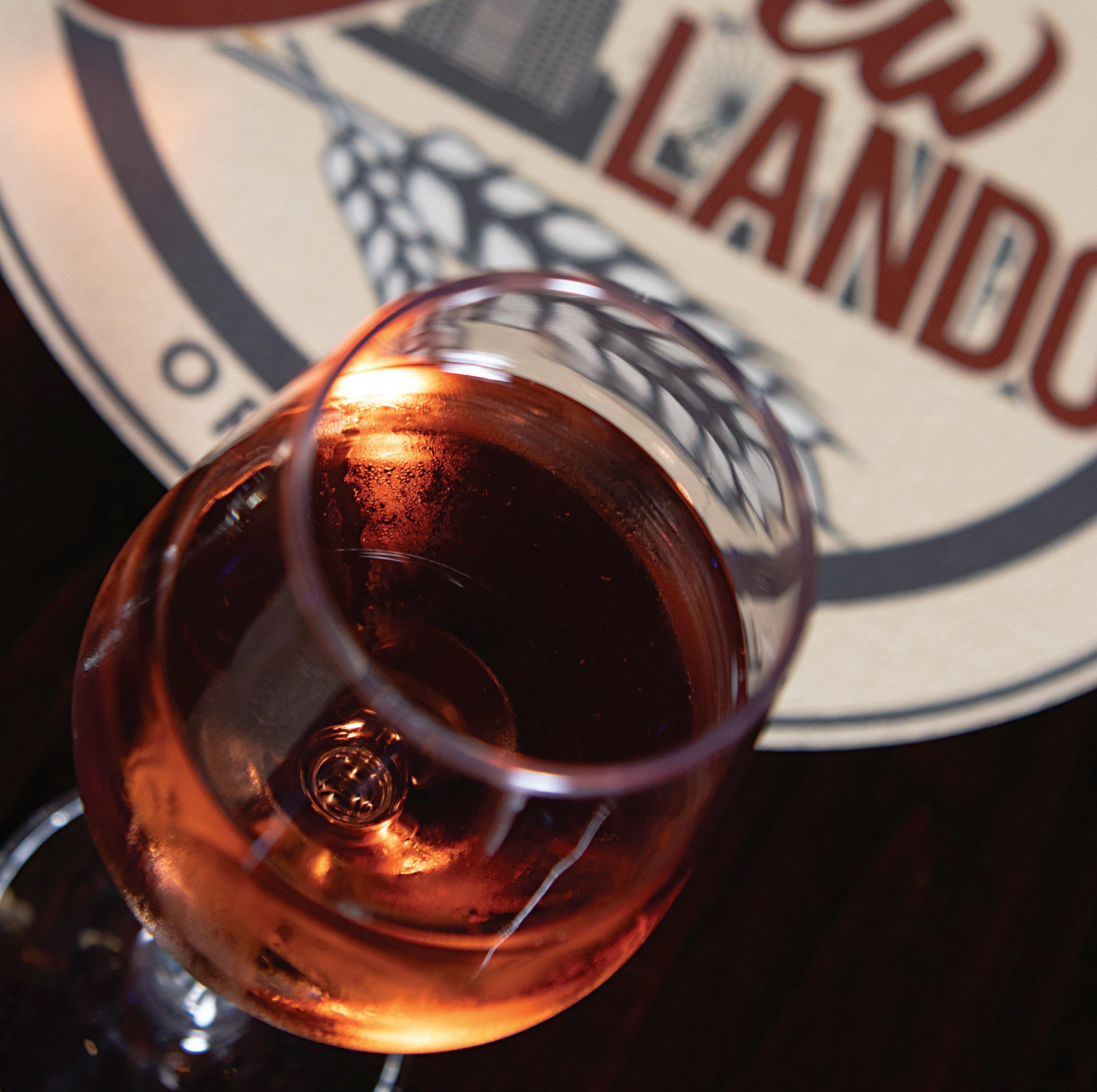
BY SAM DANLEY
Taprooms are doubling down on hospitality in a shifting beer market.
IN TODAY’S CLIMATE, consumers are more deliberate with their discretionary spending, and the battle for share of wallet is fiercer than ever. That’s especially true in the beer space, where consumption has been on the
decline for a while now.
“People are watching their dollars, or at least being a bit more intentional about where they go and when they’re going,” says Josh Robinette, CEO of The Casual Pint. The craft beer seg-
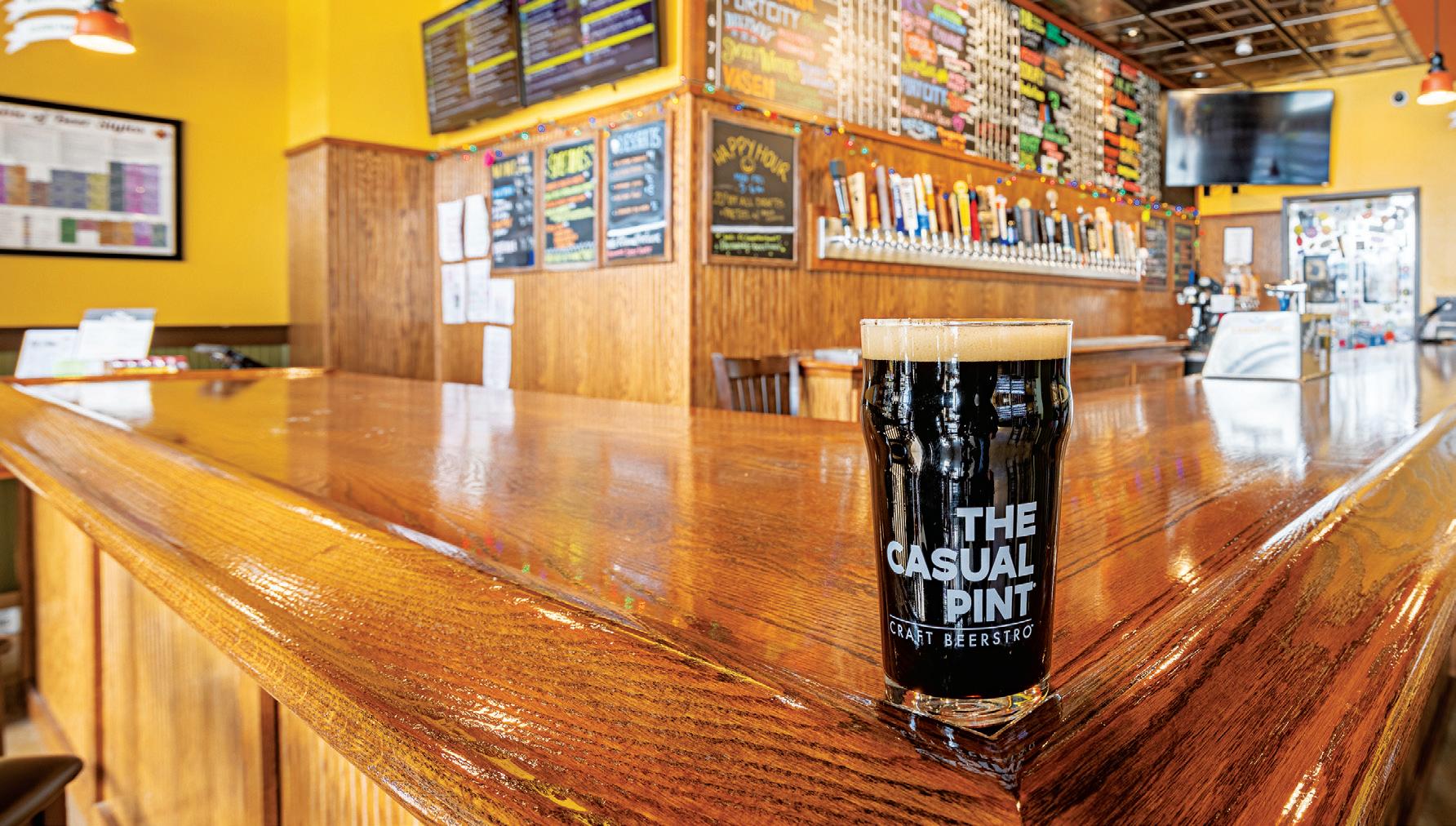
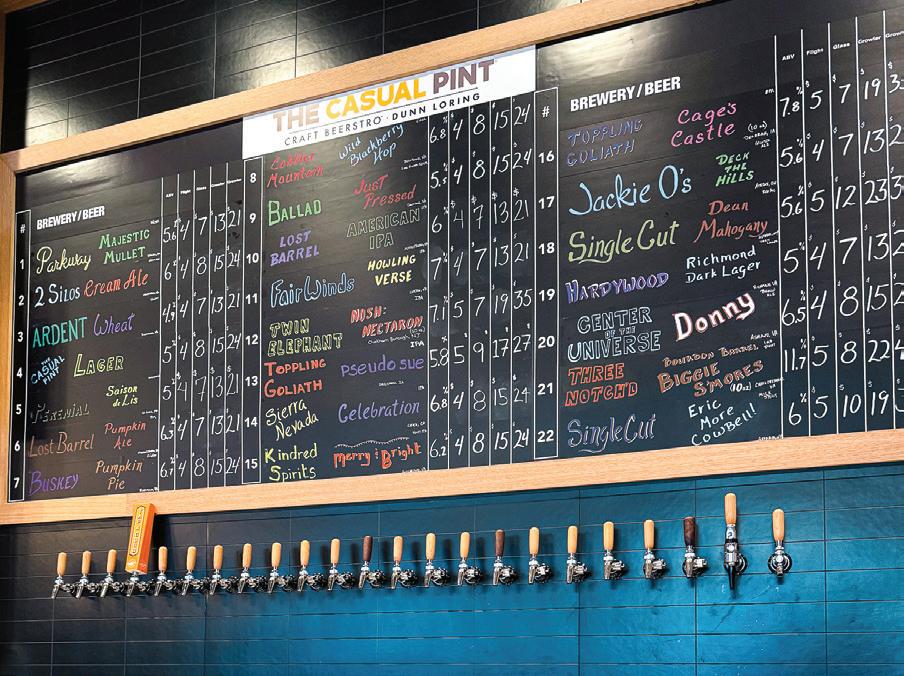
ment is “a hard one to chase sometimes,” he adds, pointing to shrinking demand and a 2024 turning point, when more breweries closed than opened for the first time in nearly 20 years, per Brewers Association data.
The Casual Pint, an 18-unit franchise based in Knoxville, Tennessee, has evolved significantly since its founding in 2011. The original location featured a modest tap lineup and hundreds of SKUs of packaged beer geared toward take-home sales. Over time, the concept expanded the size of its spaces to encourage guests to linger, transitioning into a more restaurant-like setting with ample seating and space for socializing.
The food menu has steadily grown as well, moving beyond bar bites to include shareables, burgers, flatbreads, and other entrees. Now, the company is looking to inject more creativity and variety into its offerings. Robinette says the focus is twofold: refining the core menu while introducing more limited-time offerings.
“If we can keep people engaged on the food side, it only adds to the experience and builds loyalty,” he says. “We’re trying
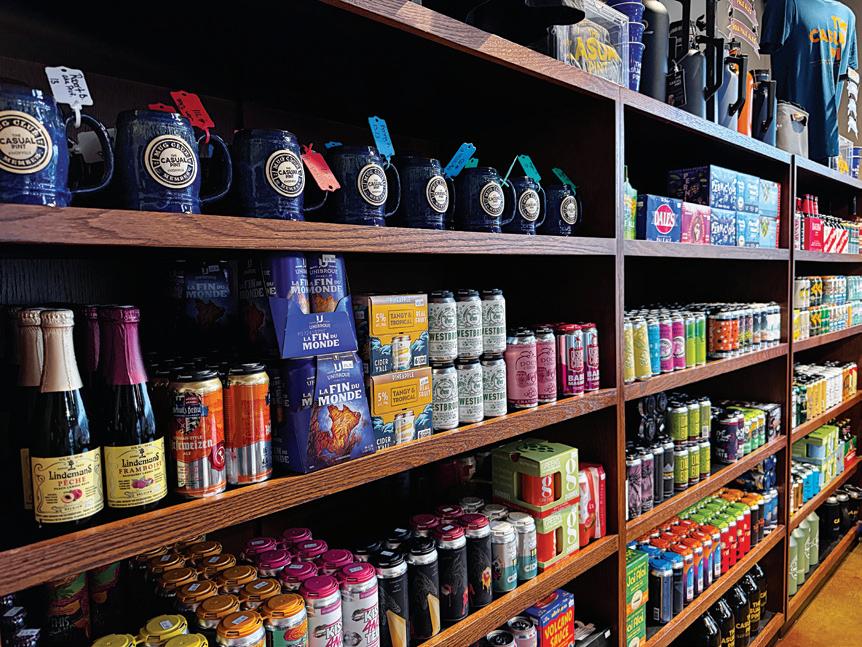
to streamline what’s always available, so that we can lean into more creative offerings and bring more excitement and variety to that side of the business.”
To better reflect its evolution into a full-service experience, The Casual Pint trademarked the term “beerstro” last year.
“It can be difficult to explain what we are and how we’ve evolved from that craft beer market to where we are today,” Robinette says. “Our environment is more like a coffee shop where you come in and hangout for a while. We want people to be there and talk to each other and mingle with each other.”
That push to become more of a gathering place has driven the brand to optimize its atmosphere—improving lighting, tweaking music levels, and incorporating large community tables for groups. “It’s really laid out for people to feel comfortable keeping their phones in their pocket and being there with others, because that’s why people come here,” Robinette says. “They come because they want to connect with friends and connect with people in the neighborhood, so we try to take away the distractions of the
world and let them focus on each other.”
The Casual Pint has also leaned into events and programming to keep customers engaged. That includes partnering with local charities for fundraisers and outreach, as well as offering familyfriendly elements like games and activities for kids. Trivia nights, karaoke, and live music have become key tools for driving traffic and dwell times, too.
That strategy reflects a broader shift among beer-centric concepts. Taprooms and breweries are putting more weight behind hospitality, guest experience, and ambiance to win over customers and build loyalty.
Central Florida-based Brewlando is one of those brands. Over the past three years, it’s grown from a microbrewery into a multi-location operation with several taprooms across the state, each with more than 20 beers on tap—all brewed in-house.
With that growth, owner Shara Pathak has doubled down on the guest experience. That includes everything from the way the space looks and feels to how staff greet and interact with guests.
“People want to go somewhere that’s aesthetically pleasing and that has a cool vibe, so we’ve put quite a bit of thought, effort, time, and investment into the tap room experience,” she says. “That also means the interaction with the staff, how knowledgeable they are, how they engage with guests and find things in common with them. All of that makes a difference, and you need to pay close attention to those details, because the space has to always be inviting.”
On the food side, Brewlando’s journey began with a food truck at its original brewery, a necessity given the lack of kitchen space. But its two newest locations, opened earlier this year after the company acquired Sanford Brewing Co., came equipped with full kitchens—and the company used the opportunity to build out full-service restaurants.
The menus include a mix of shareable appetizers and elevated takes on bar staples, like the Pimento Jalapeno Burger and Buffalo Chicken Mac and Cheese. There are also lighter and fresher options
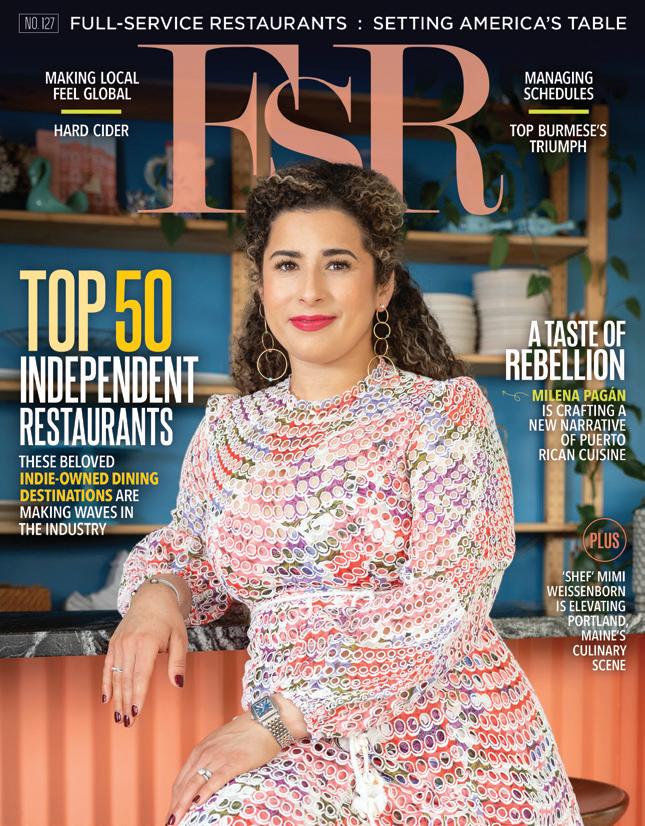
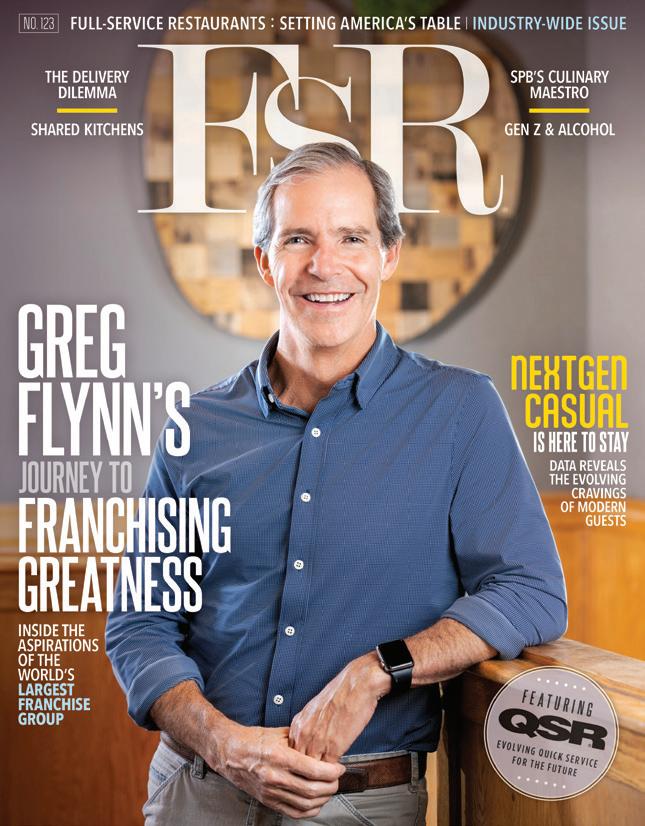

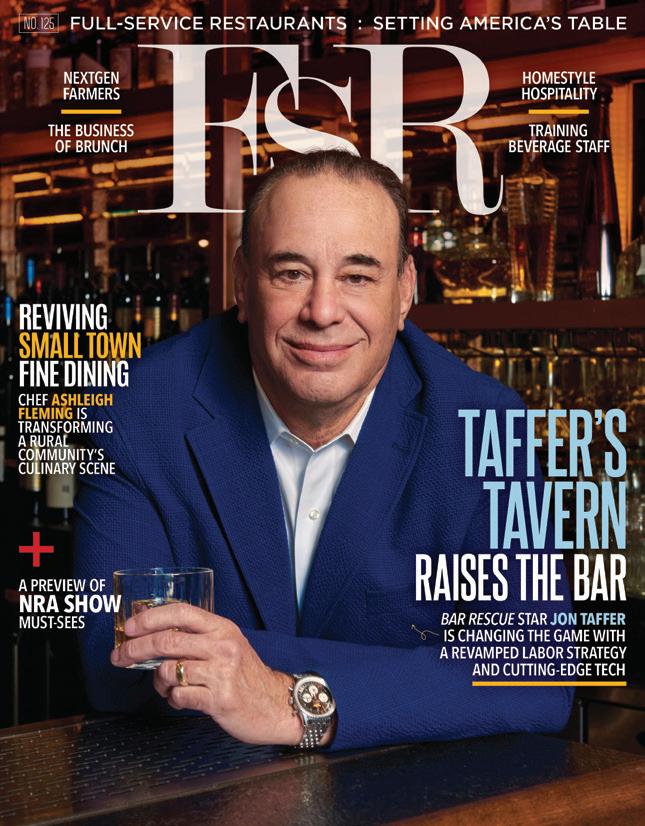
You should know—you’re one of them.
You’re what we at FSR like to call “tablesetters.”
You make things happen in the restaurant industry.
You’re an innovator on your menu and in all aspects of your operation.
You’re watched and emulated by other restaurateurs.
You lead the markets you operate in.
These are the characteristics that make a tablesetter. And FSR is the trusted source of information for these most influential chefs and restaurateurs in the industry. Request your free subscription today by visiting FSRmagazine.com/subscribe
Restaurants : Setting America’s Table
designed to appeal to a broader customer base. Pathak says it was important that the food not feel like an afterthought. In fact, she even tapped into a family hummus recipe rather than sourcing from a distributor, believing the scratch-made approach would resonate more with guests.
Wings are far and away the top seller, and the company tries to make its sauces
cept, The Winery and Tasting Room by Brewlando, designed to attract both wine enthusiasts and fans of craft beverages. The location features more than 50 wines and canned cocktails, along with house-made cider, exclusive Brewlando beers, and charcuterie boards. Like Brewlando’s other new locations, it also includes a full bar, giving guests the option to order spirits-based drinks.
styles like lagers and pilsners are edging out hazy IPAs and other high-hop, experimental brews.
The Casual Pint has made a concerted effort to expand its lineup with more nonalcoholic beers on tap. Other emerging categories, including CBD beverages, wine, and cocktails, are helping drive revenue in new ways and becoming an increasingly important part of the picture.
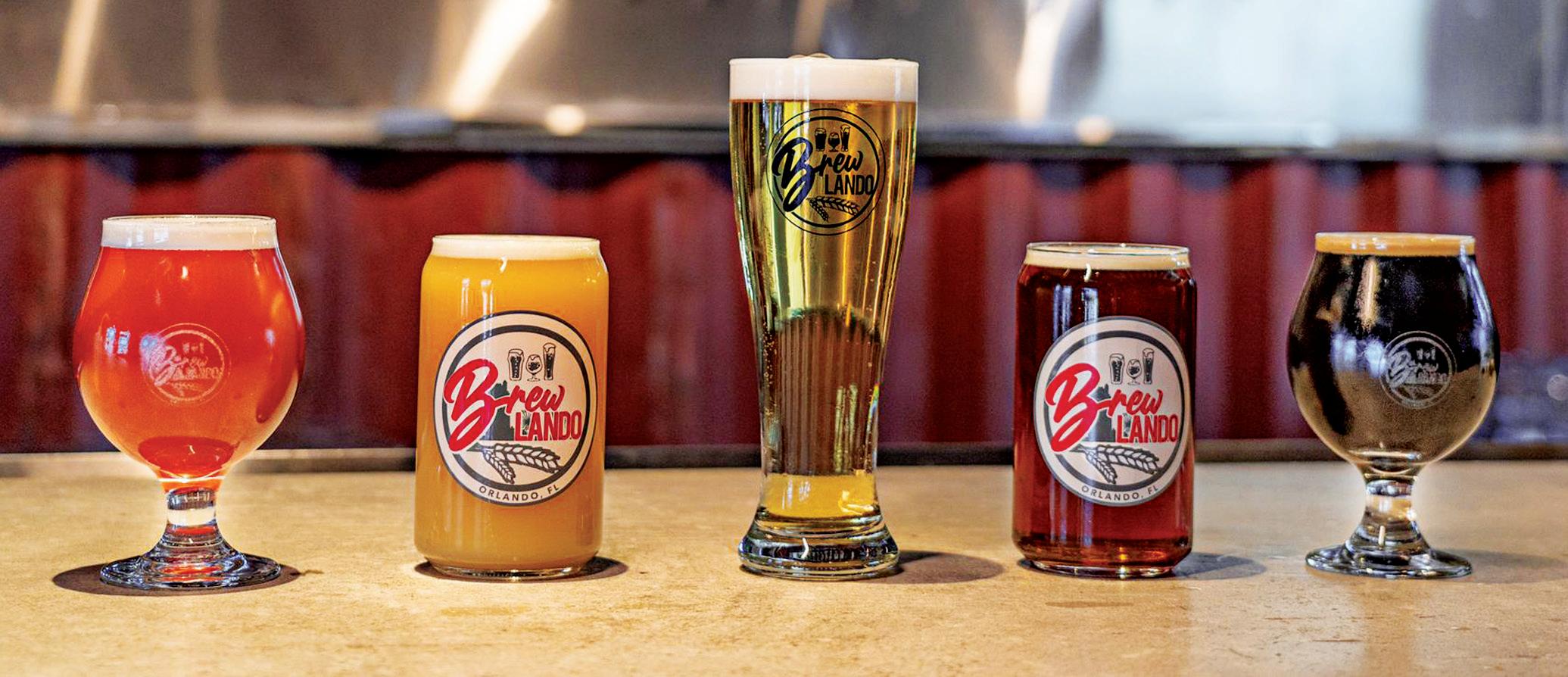
in-house or source them locally whenever possible.
“I was quite nervous about jumping into the restaurant space, because I enjoy cooking and describe myself as a foodie,” Pathak says. “I thought, ‘Alright, we’ve got this amazing opportunity to pretty much double our footprint, but how are we going to stand out? How are we going to be different? What are we going to do to make our brand unique and inviting?’ The food has quickly become a very, very important part of that.”
One of the biggest shifts reshaping the taproom landscape is the steady push into new beverage categories beyond beer. From seltzers and ciders to wine, cocktails, and nonalcoholic offerings, operators are expanding their menus to meet evolving consumer preferences—particularly among younger guests who prioritize variety and drink more selectively.
Brewlando is experimenting well beyond the traditional taphouse playbook. Last year, it debuted a second con-
Seltzers and ciders have picked up steam in Brewlando’s taprooms, especially with younger consumers who are drawn to lighter, lower-ABV options. The company’s elderberry cider is a consistent top seller, and newer offerings like Pearsecco—a sparkling cider made with pear—are part of a broader push to capture whitespace outside traditional craft beer.
“We’re seeing that the 21-30 age group drinks less and is more health-conscious than other generations, and they really pay attention to what they consume,” Pathak says. “The appeal of cider is that it’s not a heavily hoppy product. It’s more of a ‘clean drinking’ experience. Seltzers seem to be a ‘cleaner’ beverage for them, too, so we’re putting quite a bit of focus on that as well.”
Beer still dominates the board at The Casual Pint, but Robinette says there’s been a steady shift in guest preferences. More accessible national and regional flagships are gaining traction, and lighter
“The dollar is still coming in,” Robinette says. “It’s just being spent differently.”
As the range of beverage options diversify, one challenge is ensuring staff can speak knowledgeably about wine and spirits with the same passion and fluency they bring to the beer list, he adds. The storytelling element is central to the craft beer experience, and tapping into those same narratives across other beverage categories helps deepen guest engagement.
“How they make their product, who made it, and what goes into it—those stories and connections are just as interesting and unique as they are in the craft beer world,” Robinette says. “It’s been a pleasant surprise, especially on the spirits side, to find those commonalities. We love the stories of our craft brewers. We love being able to tell the story behind the beer and what inspired it. So, finding those connections and stories with wineries and distillers and other folks is just as fun and rewarding for us.”







AGENDA AT A GLANCE

TUESDAY, SEPTEMBER 2, 2025
10:00AM - 7:00PM Registration
12:00PM - 4:15PM Girly Grit: Real Women, Real Conversations (LEAD Luncheon) Kimberly Dockter Bollinger DIRECTOR OF OPERATIONS | MELLOW MUSHROOM
Fazzola
OF OPERATIONS | NANDO
Hom COO | BARCELONA WINE BAR
Miksa 5X CEO/PRES. | (BIBIBOP, BONEHEADS, MAZZIO’S, ROBEKS, RUBIO’S) GLEAM NETWORK
Zucker PARTNER AND CHIEF MARKETING OFFICER | BRANDED HOSPITALITY
2:00PM - 4:00PM Franchisee Workshop - Ways of the Wealthy Franchisee: Unlocking the Human Edge Behind Operational Excellence Nadeem Bajwa COFOUNDER AND CEO | BAJCO GROUP (PAPA JOHNS FRANCHISEE)
Scott Greenberg AUTHOR AND KEYNOTE SPEAKER
5:30PM - 6:30PM Welcome to Atlanta, with Chick-fil-A CEO Andrew Cathy
Andrew Cathy CEO | CHICK-FIL-A
6:30PM - 7:30PM Welcome Reception
WEDNESDAY, SEPTEMBER 3, 2025
7:30AM - 6:00PM Registration
8:00AM - 9:00AM Breakfast
8:45AM - 9:00AM Welcome Remarks Dustin Portillo
9:00AM - 9:45AM Future-Proofing QSR: How Brands Are Engaging Next-Gen Customers and Team Members Neha DK SR. DIRECTOR OF MARKETING | PIZZA HUT GLOBAL Amy Durini CMO | TACO BELL INTERNATIONAL Anna Faktorovich VP OF
9:45AM - 10:00AM Networking Break
10:00AM - 10:45AM Building Brand Resilience - Strategies for Navigating Economic Shifts
Seelye (Moderator) FOUNDER | STARREYED STRATEGY
10:45AM - 11:15AM Networking Coffee Break 11:15AM - 12:00PM How Walk-On’s Turns Culture into a Competitive Advantage, with CEO Chris Porcelli Chris Porceilli CEO | WALK-ON
12:00PM - 1:00PM Lunch
1:00PM - 1:45PM

Pecoraro-Striepling
1:45PM - 2:00PM
2:00PM - 2:45PM Renewing Relevancy in Legacy Brands
2:45PM - 3:15PM
3:15PM - 3:30PM Sizzling Insights: The QSR Market Boom
CUSTOMER EXPERIENCE | DATASSENTIAL
3:30PM - 4:15PM Whataburger Keynote Debbie Stroud CEO | WHATABURGER
5:00PM - 6:00PM Women in Restaurant Leadership Networking Reception: Murder Mystery
6:00PM - 8:00PM Networking Reception
8:00PM - 10:00PM Speakeasy Soiree
THURSDAY, SEPTEMBER 4, 2025
7:30AM - 4:00PM Registration
8:00AM - 9:00AM Breakfast
9:00AM - 9:45AM Inspire Brands Keynote
9:45AM - 10:00AM Networking Break
10:00AM - 10:45AM Engaging and Retaining Talent in a High-Turnover Industry
2:45PM - 3:15PM Networking Coffee Break
3:15PM - 4:00PM Data-Driven Decision Making
4:00PM - 4:15PM Networking Break 4:15PM - 5:00PM Closing Keynote
EXECUTIVE OFFICER + CO-FOUNDER | SWEETGREEN
6:00PM - 7:30PM After Party
Through intentional leadership, continuous heavy investment in talent, and a deep commitment to community, CEO Barry McGowan is cultivating joy in Fogo de Chão’s culture.

doesn’t believe in saving on labor. He believes in investing in it. And while many restaurant CEOs talk about growth in terms of market strategies, spreadsheets, and various prototypes, McGowan talks about joy. In fact, he said the word “joy” about 16 times in our conversation.
As CEO of Fogo de Chão—the 46-year old internationally renowned restaurant concept from Brazil known for its elevated churrasco dining experience—McGowan has cultivated a culture at the rising concept rooted in people-first leadership that goes beyond the poster of core values on the wall. It can be seen and felt in the restaurants by guests, simply by the way team members move with a sense of empowerment, greet and serve guests with true hospitality, and treat every shift like a shared celebration—not just of food, but of connection.
That philosophy has driven the NextGen Casual concept—which began in Porto Alegre, Brazil, as a humble churrascaria steakhouse known for its unique tableside serving style—to its rapid yet deliberate growth over the years. Fogo crossed the 100th restaurant milestone last year worldwide, including 80 U.S. locations. But this isn’t just another expansion story. It’s the blueprint for how a modern restaurant brand can scale its culture as it grows without sacrificing its soul. →
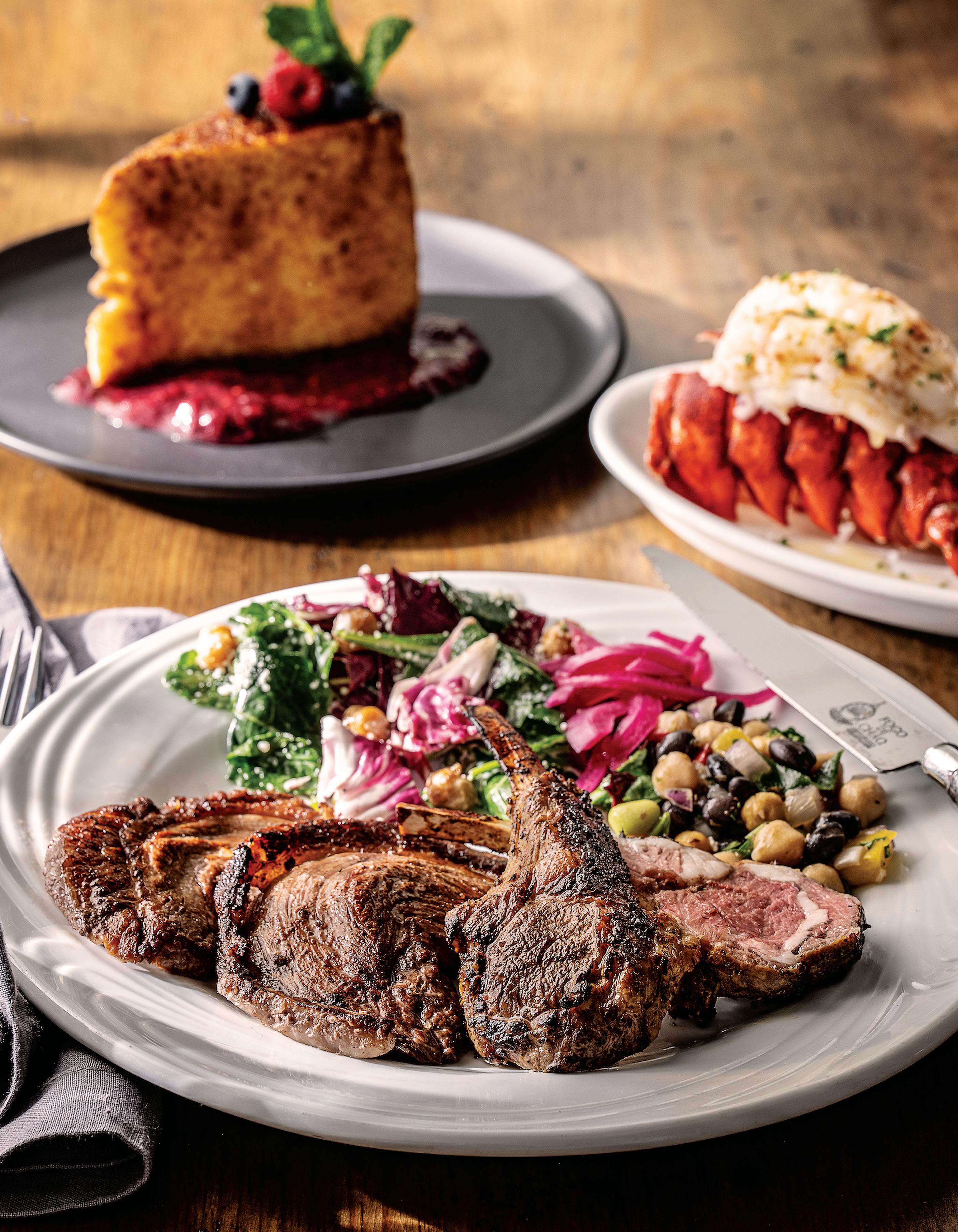
FROM DRY-AGED RIBEYE TO FIREBLISTERED SEAFOOD TO A PERFECTLY CARVED PICANHA, FOGO’S MENU IS ROOTED IN CENTURIES-OLD SOUTHERN BRAZILIAN TRADITION—AND REIMAGINED FOR TODAY’S DINERS.
Part of the brand’s success can certainly be attributed to the economic value of its all-you-can-eat approach, but it goes beyond just bang for your buck. Part of Fogo’s allure also comes from its unique service format. Instead of servers, Gauchos slice pieces of meat off the skewers tableside, a serving style now known as rodízio. The brand’s signature flame-grilled meats are cooked to guests’ preferred temperature, a format which allows consumers to be in full control. Plus, customers can flip a card on their table to “green” which means “more please,” or red for “no thanks” to have more time to savor their cuts.
Though at first glance one might compare Fogo de Chão to other upscale steak chains like Ruth’s Chris or LongHorn Steakhouse, they don’t consider themselves to be in the steakhouse category. “We are a southern Brazilian brand growing in America and every major capital city in the world. We’re not trying to be like anybody else; we are the category leader in this space. We’re defining it, and we keep innovating and we keep evolving,” says McGowan, who joined the brand as president 12 years ago.
Each Fogo location is uniquely designed and built to reflect its local community while honoring its Brazilian heritage, but the heart of the brand— its culture of joy, generosity, and hospitality—remains the golden thread tying everything together.
“The one thing I speak to most that our industry has lost sight to—and I think it’s because we transformed into different models and the race for growth was all about units—we forget the joy of our industry, the joy of this business,” McGowan says.
He continues, “While I'm here, my mission field, I would say, is working in the restaurant industry because we hire those that a lot of people never hire. We take people, a lot of people who may be food insecure, who had a tough road to go in. We give people chances. We train them up, we feed them, we eat together. We become a family. We're all unique and different, very diverse, and we get along, but the red thread between it all is we
all find joy in serving others, and that's where the heart of our industry is.”
This is exemplified at every step of the restaurant level, where team members receive a free meal for every shift they work. They can grab whatever they want from The Market Table—inspired by the open-air markets in Brazil—which features fresh and seasonal items like giant asparagus, fresh buffalo mozzarella cheese, sun dried tomatoes, fresh cut and steamed broccoli, micro greens, natural and plant-based proteins, and more, plus it’s 100 percent gluten-free.
Fogo also gathers team members together for family meals before or after shifts. The ritual goes beyond satisfying hunger—it also builds bonds, reinforces a shared purpose, and sends a powerful message about the brand’s values.
“We feel it’s important. It’s a great way to sit down and reinforce our culture,” McGowan notes. “When you’re sitting down and eating together, you're talking about life, you're getting to know each other, then you get up, you set the table, and then you're serving others. It’s just fundamental and foundational to our culture, and we mean that.”
Another perfect example of Fogo’s people-first investment culture? New locations aren’t built until enough people are hired to support it.
“We scale our team first, and then we find a site,” McGowan says. “We’ve been incrementally doing that for 12 years, and people look up and go, 'Oh, you guys are growing so big.' And it's like, well, really, for a 45-year-old brand, we're pretty small. But we've just been deliberate about opening one restaurant at a time.”
That discipline and methodical, intentional approach is rooted in the company’s legacy and soul, from the early days in Brazil to its gradual growth in the U.S. The brand has always favored depth over speed. McGowan notes that every new restaurant opening is backed by a threeyear pipeline of talent.
Even going back to the days of COVID, when everyone was fearful and layoffs were rampant, Fogo not only stood its
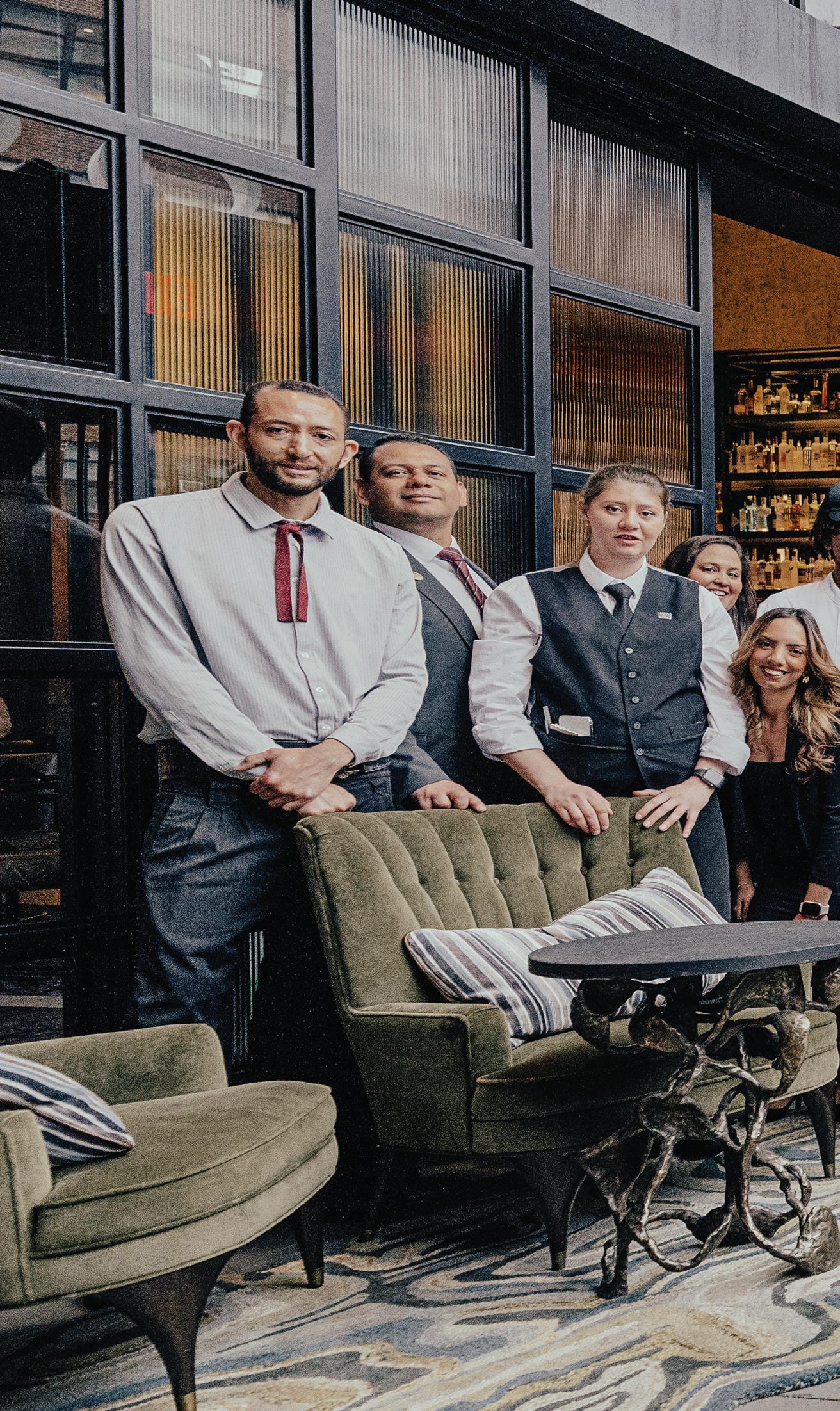
ground—it used the opportunity to hire even more talent and fully staff its sales team. “We’re like, all right, this is going to end someday, so let’s be smart. Let’s hire talent,” he recalls.
The decision paid off. Fogo came out of the pandemic stronger than most, and has been 140 to 146 percent staffed since the start of 2019. With this model, Fogo has been able to grow 10 to 15 percent per year for the past 10 years.
Today, each restaurant might be able to operate with just 70 to 80 people—but the company will hire 130 and 150 to provide flexibility for part-time team members, and to make sure they’re never overworked and have time to take vacation. “Our goal is to hire and retain, because we can't grow our business if we don't have people,” he says.
Then, when the time is right, leadership gives people a path and journey to become a general manager, area manager, area director, regional manager, and so on, “because we’re growing one restaurant at a time, and we have the human capital to sustain that. We still follow that principle. We maintain [being] over-
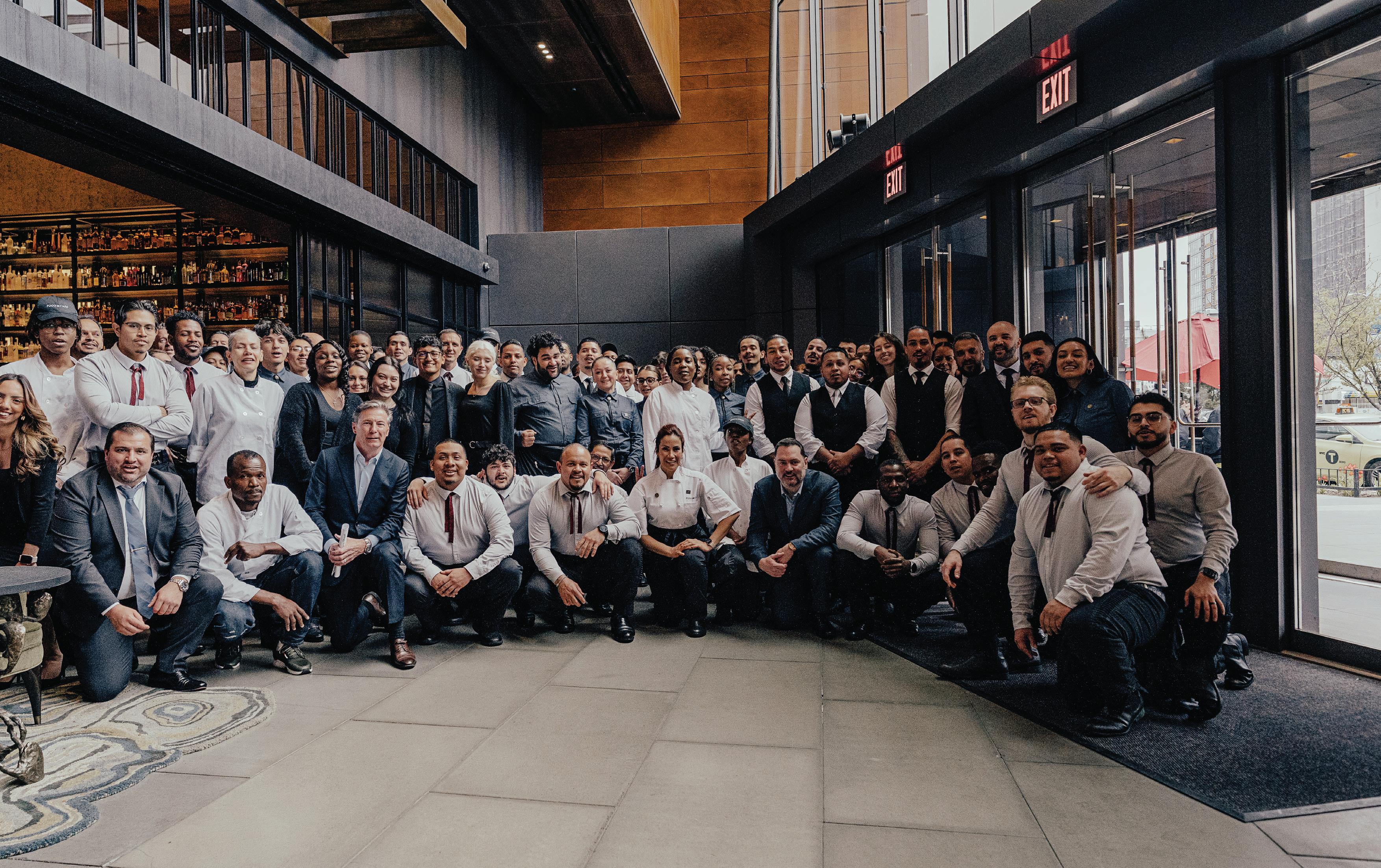
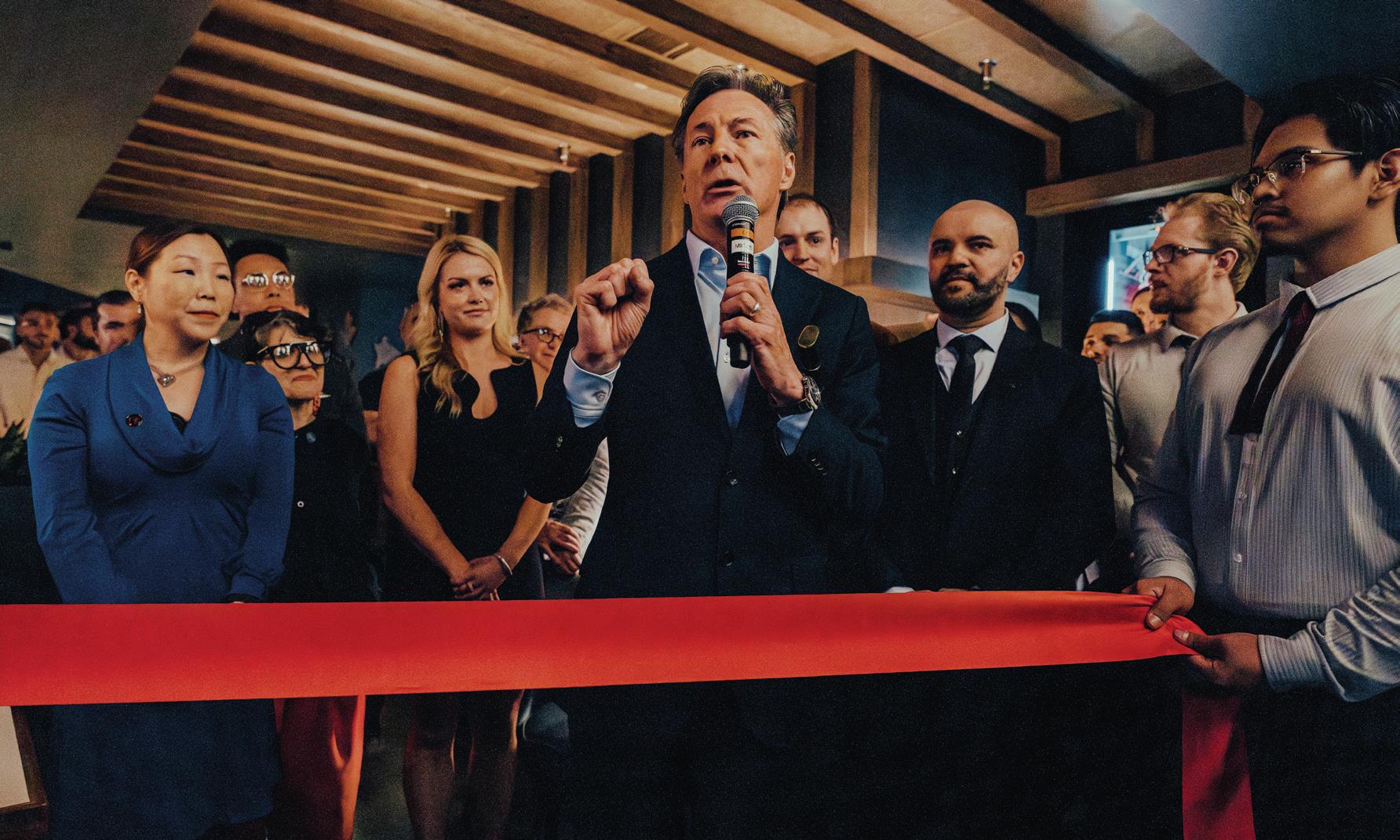
staffed, and we do that also because we can minimize overtime.”
Because of this genuine commitment to training, promoting, and elevating from within, Fogo has a fiercely loyal and long-tenured team. Selma Oliveira, the first general manager Fogo hired in the U.S. 27 years ago, now serves as Chief Cultural Officer. Two regional directors have been with the company for more than 30 years, and there are countless other examples.
Fogo also gives its crew the flexibility to travel and work in different restaurant locations for short periods of time or, if they need help in a certain location, will provide incentives to move to a dif-
ferent market. “The human capital, the talent pool, is the most important determinant of our future growth,” McGowan reiterates.
To scale a restaurant concept sustainably, McGowan believes “You need great talent, you need people who believe in it, you need people who are aligned in values with you and believe in the culture. Scaling culture is the first priority we take, because my job as CEO is to think about it for the next 45 years. We have succession from my role all the way down to the tip of the spear so that we don’t lose sight of that, we don’t let anyone else determine that outcome. We’ve got to earn it every day from the guests, but we’ve
FOGO DE CHÃO IS MORE THAN JUST A RISING NEXTGEN CASUAL RESTAURANT BRAND—IT’S A MODEL OF AN EXCEPTIONAL WORKPLACE CULTURE, STEMMING FROM A HOLISTIC PHILOSOPHY OF SERVING EMPLOYEES AND GUESTS WITH GENUINE CARE.
got to keep investing so that we keep our team aligned, the culture aligned.”
This purpose-driven approach rooted in sustainability, compassion, and longterm impact is one of the key reasons the brand has not only endured, but continues to thrive.
In an environment where economic caution colors nearly every consumer decision, Fogo de Chão isn’t retreating—it’s doubling down on optimism and, you guessed it, joy.
“The consumer is anxious,” McGowan says. “The sentiment is cautious.” But rather than pull back, Fogo’s strategy is to meet guests with a powerful emotional counterweight: hospitality that feels personal, indulgent, and worth the trip.
“While the consumer is fearful, we lean into joy, because when you're going to come out, it's got to be worth it. People, if they are anxious, they’re coming out to get away from that. Our job is to let them experience life in that moment,” he says. “And by the way, if they don't have a

lot of money, then within our menu and the occasion, let's give them a five-star guest experience—even if they have a $10 Picanha burger at a bar. Let’s treat them like they’re the very best and most important person in the room, because that’s why they’re going out.”
This sentiment also drives how Fogo prices and builds its menus. While peers have leaned heavily into taking price on the menu in recent years, Fogo maintains an average annual price increase of just 2.5 percent over the past decade— far below the industry norm. “We’re not overtaking price,” McGowan says. “On average, our peers have taken 6 to 8, some to 10 percent.”
Instead, the brand offsets inflation by adding value—whether it’s through nutrient-dense seasonal ingredients like dragon fruit and prickly pear or small upgrades that surprise and delight.
When the brand had to raise prices about six years ago, McGowan was worried. “We said, what more can we give? So we added grilled cheese and Malagueta. I said, just add and include that in the experience,” he recalls.
For McGowan, value is also about the hospitality experience. “Value has always been important for the consumer. Part of that value that I think is miss -
“We give people chances. We train them up, we feed them, we eat together. We become a family. We’re all unique and different, very diverse, and we get along, but the red thread between it all is we all find joy in serving others, and that’s where the heart of our industry is.”
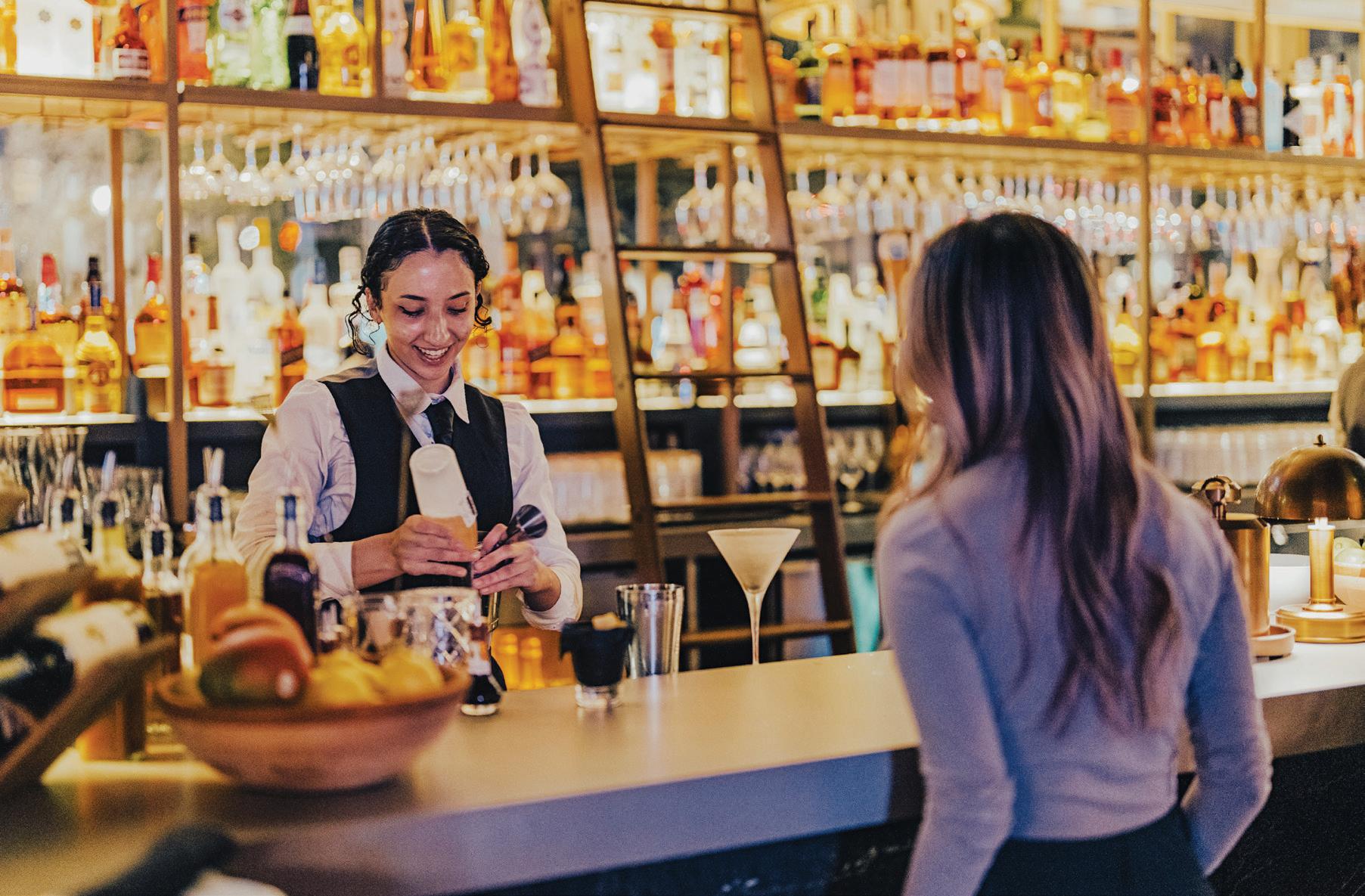
ing in our community, in our industry, is when you pull and you save labor, and you simplify so much that you take away the experience of what you're trying to give, then your price value is out of balance, and that's what we're very cognizant of,” he says. “Everything we do has to be relevant.”
He adds, “If you came to my house, I wouldn’t say, ‘let me grab you the cheapest prosciutto and my cheapest wine.’ I’d pull out my best bottle of wine and grab great prosciutto and some great Grana Padano cheese and say, ‘let’s sit down and enjoy our company.’ That’s the idea.”
This idea also feeds into why Fogo doesn’t rely on discounts, coupons, or gimmicks. Instead, it crafts what
McGowan calls “LTEs”—Limited Time Experiences. “Everybody has LTOs. I correct people all the time and say, look, we don’t do LTOs, we do LTEs,” he says.
“The guest understands a discount, but the key is, what’s the compelling reason to go out? Is it just the price?” McGowan explains. If so, the minute you stop offering the discount, consumers will flock to the next concept that has the best deal; it’s not a sustainable model. “I think this is where the industry is learning, and I think I go back to a price and balance for the consumer, you have to fight for share … We’re just not going after the price piece. Our prices are higher, but I go back to, for the price of a center-cut filet in a fine-dining restaurant, you can





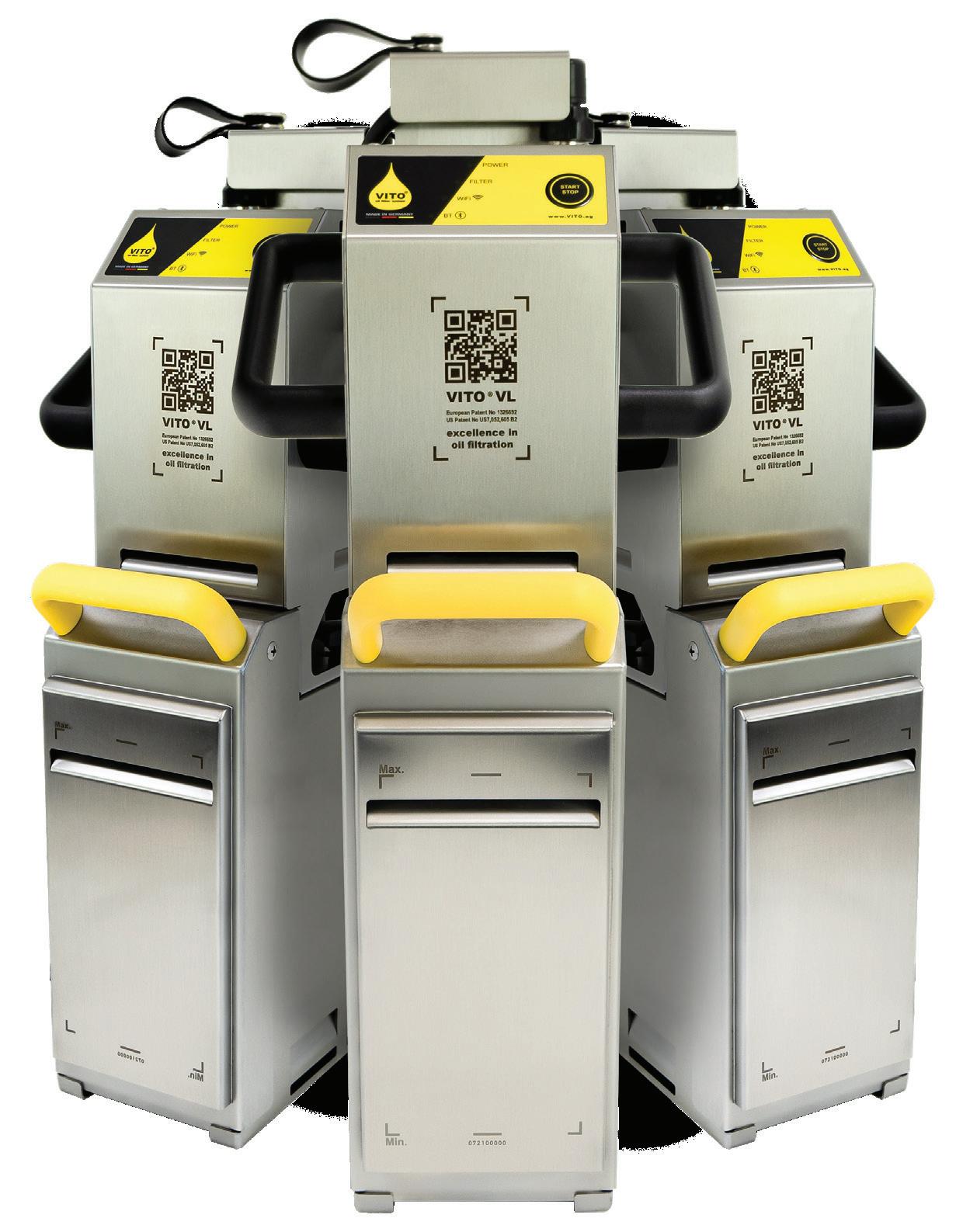



have the best of Brazil for a lot less.”
He points to examples of the successful comeback at Chili’s—the topic of our cover story last month in May—to the way brands like Texas Roadhouse have continued to win by getting culture right.
“Look at the renaissance happening at Chili’s, look at the Chiliheads and how they’re on fire right now. Look at Texas Roadhouse—the Roadies just know what they’re doing every day. We have people in front of us every day that do it. You’ve got smaller regional brands that do it all the time. Fogo de Chão is just an international brand that’s now doing that in America,” he says.
McGowan adds, “When we open restaurants in the U.S., what I’m really most proud of is we make the news in São Paulo, Brazil and Rio [de Janeiro], because the Brazilian culture loves what we’re doing. We’re their favorite brand, and we know we act like ambassadors for them, so they take great pride in how Fogo does in
America and around the world, because it means something to them. They know what this dining experience is about, and culturally what it means to bring family around this type of environment. We feel very guarded about that, and our partners at Bain Capital have been nothing but incredibly supportive.”
In August 2023, Fogo de Chão announced it would be acquired by private equity firm Bain Capital, effectively shelving any plans for an IPO. The company had previously filed to go public in November 2021, but never moved forward. It would have marked Fogo’s second stint on the stock market—the first began in June 2015 with a valuation of approximately $545 million. That chapter ended in February 2018 when Rhône Capital acquired the brand in an all-cash deal worth $560 million.
“So credit to Bain Capital that they understood the culture, they understand the value of that,” McGowan says.
Ultimately, McGowan and his team aren’t chasing quick wins. They’re building something meant to last—and that vision is what separates Fogo. “There’s no short game here. It’s a long game. You’ve got to execute, and you need people who are like-minded, and you’ve got to have culture that’s really sound,” he says.
The long-game mentality also applies to McGowan in his broader career. “I love our industry. I’m never going to retire; I’m always going to be in it. I’m always going to be an investor and advocate for it, because what we do for every community, every restaurant that opens and employs people, makes a difference."
He adds, “We’re going through a renaissance, and it’ll only accelerate if our whole industry stands up and says, ‘[Culture] is what we’ve got to do first every day.’ It means it’ll be more competitive, but it’ll be a better industry and more sustainable if we keep leaning into what’s most important.”

BY TALLULAH HAWLEY
The Asian hot pot and Korean barbecue restaurant has added over 100 locations in the past three years, spreading a wide variety of Asian flavor combinations across America.
KPOT KOREAN BBQ & HOT POT has tapped into something bigger than an all-you-can-eat craving—a hunger for bold, hands-on dining experiences. Now, the brand’s rapid rise is reshaping how Americans think about full-service dining.
HQ: East Brunswick, New Jersey
The brand was formed by four friends from differing backgrounds, but Victor Chow—vice president of KPOT’s parent company, Vertex Hospitality—says that the range in hospitality experience was beneficial. “We have people who are managing partners, and they work together and look at different new food trends in the market in the United States, specifically,” Chow says.

YEAR FOUNDED: 2018
CUISINE: Korean BBQ
UNITS: 120
FOUNDER/OWNER: Vertex Hospitality
Together, the group decided that it was time to launch a combination of do-ityourself Korean barbecue and simmering Asian hot pot. Chow says that in tandem with the ideals of serving “all-you-can-eat at a great price, a great bar, and a great environment,” KPOT was created.
The brand launched in 2018 in East Brunswick, New Jersey. “Since then, it’s been a rocket ship,” Chow says. “You usually don’t see full-service restaurants expand at this kind of pace.” In the
past seven years, KPOT has grown to 120 locations.
The average KPOT location is 8,000 square feet, giving diners enough space to frequent the full-service bar and appetizer-stacked buffet table as the servers pass by with carts loaded with finely-sliced meats.
For the past three years, the brand has opened 40 to 50 units annually. When Chow is asked about recently opened stores, he says, “We’ve opened up nine locations as of [March], but what I will say is, if you talk to me at the end of April, I have another 10 to 12 that I need to open.”
Vertex Hospitality also oversees Hook and Reel Cajun Seafood, Kinya Ramen, and Ugly Dumpling. Founded by Tony Wang in 2016, who remains as CEO, all
three brands are relatively new on the scene but are experiencing heavy growth.
Chow joined Vertex three years ago, when KPOT was only at five locations. After Chow’s parents immigrated to America, they opened up multiple restaurants. “That’s the environment I grew up in,” he says. “I thought I would leave that, don’t get me wrong. So, my first job out of college was as an analyst on Wall Street and I’ve been blessed to have a very interesting and varied career where I worked at various startups, Volkswagen, investment banks, and such.” Chow’s post at Vertex marked his reentry into the hospitality business.
KPOT has a more complicated setup due to its individual indoor grills and tableside hot pot cookers. For the brand, standardizing food and service quality

is huge, especially considering its more than 100 current locations. Chow notes that the brand has specific guidelines for new KPOT franchisees to ensure that the dining experience is replicable. “Every location follows these parameters and procedures to make sure that everybody has a great time at KPOT,” says Chow, “because it could be their first experience, not just at a KPOT, but at a Korean barbecue or Asian hot pot place.”
At KPOT, diners receive a tablet to order on, and—depending on whether they want Korean barbecue, hot pot, or both—are able to select from a variety of marinated meats, soup bases, nonmarinated proteins, vegetables, and desserts at ease. Ingredients are brought out raw or semi-cooked, as both hot pot and Korean barbecue are traditionally
and perhaps unfamiliar cuisine or dining experience. In the same vein, Chow likens the all-you-can-eat aspect of the meal to an “interactive sport.”
The brand offers culinary innovation at every step of the dining process, and offers menu items for customers at every level, whether one is in the mood for French fries and chicken nuggets, garlicky soft tofu and pickled radish, or kimchi and Szechuan spiced ribeye.
The menu also offers a wide array of flavor combinations from across different countries in Asia. For example, KPOT’s soup bases range from Japanese miso soup to Korean seafood tofu broth to Thai tom yum. At the sauce bar, diners can craft their own marinades and dipping sauces to complement their meal, incorporating multiple options of spicy toppings, oils, pre-made sauces, green onions, and garlic.
KPOT is currently in 35 states, with only one corporately-owned store— the brand’s location in Scarsdale, New York, which functions as a training store where new managers and franchisees are able to learn the ropes.

cooked tableside. “For us, and when I say us, for KPOT or for people of Asian American or Asian descent, Korean barbecue and hot pot are very communal,” says Chow. “It’s familial, and it’s something that is pretty standard and normal on the other side of the world.”
For those first-time customers in America, the option of cooking one’s own food may be a lot to take in. “This is something that’s not only a way to eat food, but it’s a part of a culture,” he says. “It’s part of a lifestyle that we wanted to sort of open ourselves up and share with the average American.”
Chow says that he refers to the serving staff as “sherpas,” assisting new customers as they metaphorically “climb the mountain” and navigate an exciting
Chow believes that the brand’s sudden launch into success is due to timing. Right now, he says, “America and Americans are open to something that’s a little bit more interesting than a decent burger or a sandwich place. [KPOT] is a pretty daring idea.”
As KPOT continues to expand, so do the flavor palates of its diners. “We don’t want to be oversaturated,” says Chow, “but we do want to be everywhere that people want us to be in.”
“The reason why I’m so passionate about this job is because many of our franchisees would be first-time business owners,” Chow says. “Many of them are immigrants to this country, similar to my parents. If I could help somebody achieve that American dream, become a boss of their own small business, and have it make decent money, I felt that I did something good for the day.”
BY SATYNE DONER
After inheriting their parents’ restaurant group, sister-duo restauranteurs
Angela and Mariam El Haj set out to turn their grief into a legacy.
THE UNDERBELLY OF GROWING UP as the children of restaurateurs looked like family dinners and birthday parties held at the restaurant—because that was the only way Angela and Mariam El Haj could see their parents while they built their IHOP empire across California in the 1980s and ’90s. At times, it felt like the restaurant was another sibling.
“Being raised in the restaurant world can make you somewhat of an orphan,” Angela says. “Our dad spent all the time he could with us, but he wasn’t afraid to get his hands dirty in the restaurants, and we admired that work ethic … but there were also a lot of Easter mornings spent inside of a restaurant booth.”
While the hustle could be frustrating, Angela and Mariam eventually found themselves immersed in the industry, joining in as teenagers to wait tables. These early experiences shaped who they would become—second-generation restaurateurs whose love language is feeding people and bringing them together.
After the passing of both their parents, Angela and Mariam acquired the family’s restaurant group, including franchise units of IHOP and Dave’s Hot Chicken. They invested in a building in Anaheim, initially envisioning it as their next franchise location, but soon hit a roadblock.

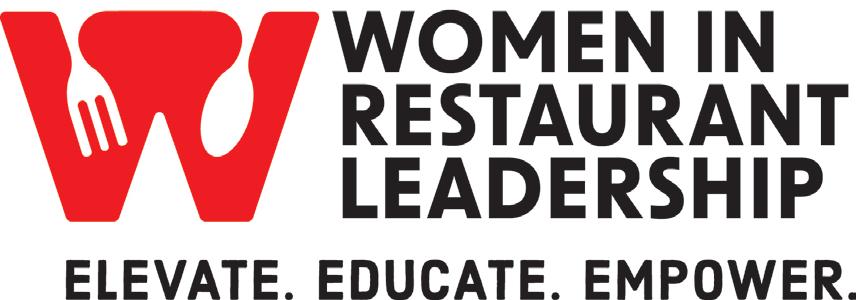
“We love the franchise model. It’s something we’ve grown up with, and it’s a wonderful vessel for growing businesses. But territories are tricky between developers and other franchisees, and we got locked out of a particular location,” Angela says. “People offered to buy the building from us, but flipping it was never the vision. We wanted to own it … and when that model wasn’t working, we created our own concept.”
In 2022, Calaca Mamas Cantina was born out of necessity—but it became a way to transform their overwhelm -
ing grief into purpose, paying homage to their parents’ legacy through a restaurant that embodies their life’s work. Amid their sadness, the sisters found comfort in the Mexican traditions of Día de los Muertos, or Day of the Dead, and were inspired to weave those values into their first original concept.
“Being able to honor our parents in this light has been so healing,” Mariam says. “What attracted us to this concept is the beauty of Mexican culture and how it celebrates life instead of constant mourning. It taught us to move through the stages of grief, to find peace, and not get stuck. Through the cantina, we are paying homage to the culture and keeping our parents’ legacy alive in some way.”
From its brightly colored walls to traditional ofrendas (altars), Latin-inspired
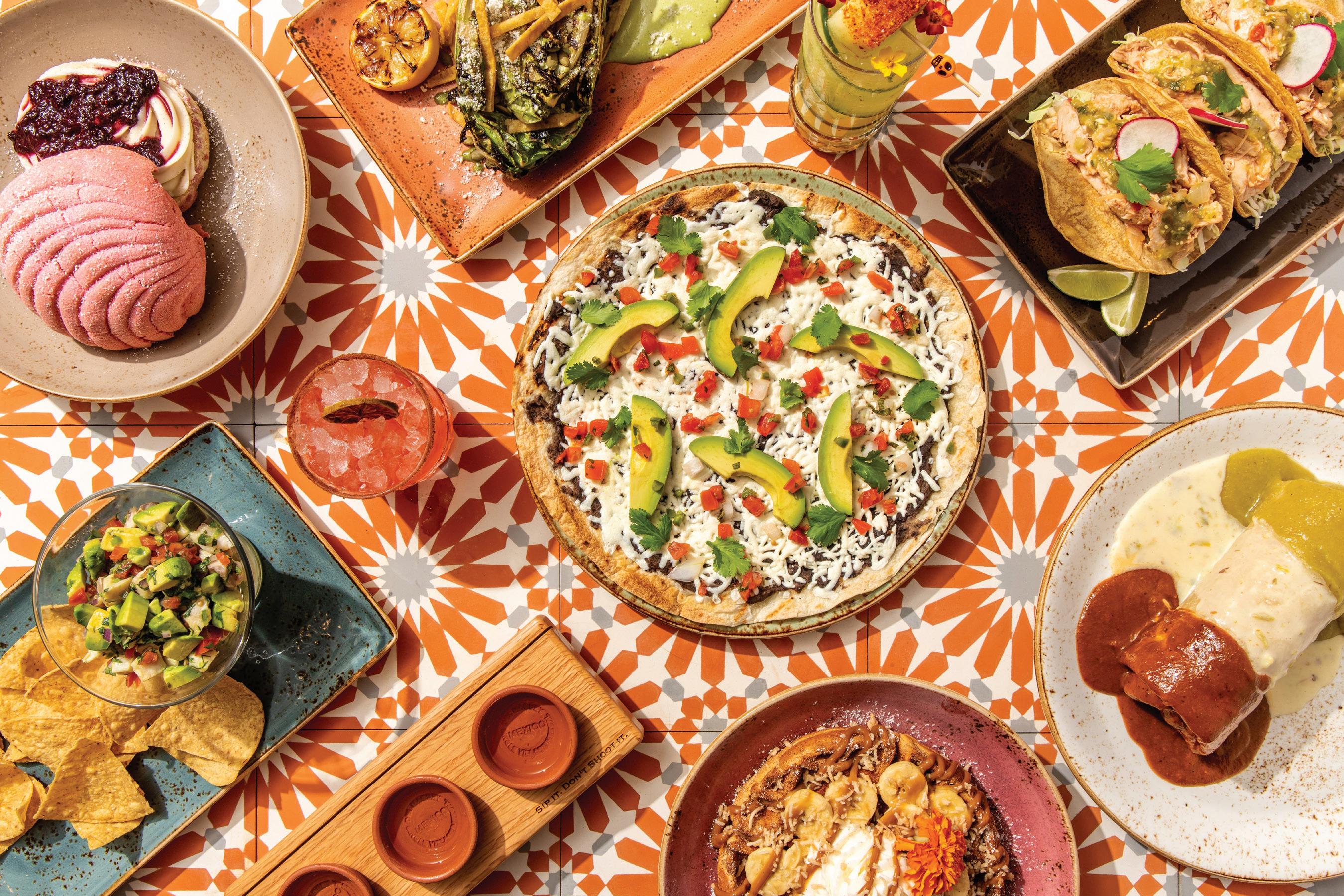
cuisine, craft cocktails, lively happy hours, and views of the nearby Disneyland Resort, Calaca Mamas Cantina serves as a reminder to find strength and joy during hard times—and to celebrate life through food and community.
It was important to the sisters—who are not Hispanic—that the concept be presented as authentically as possible, without watering it down or putting their own spin on it. From incorporating Mexican voices in their leadership team to curating a menu that reflects the diverse flavors of Mexico, they remain keenly aware of the balance between creating a unique dining experience and honoring the traditions of Día de los Muertos.
“Growing up in southern California, our love for this cuisine is so vast that it’s really about gathering what Angela and I like from different parts of Mexico and putting it together,” Mariam says. “Family meals are a core part of who we are, and we want to create an experience that can be as simple as enjoying a wonderful meal with shared laughter and stories
or as extra as churros and dessert carts coming out with firecrackers. We want to give people the space to have a good time in a warm, welcoming environment.”
As leaders, Angela and Mariam complement one another—one is a visionary, and the other is analytical and detail-oriented. While their leadership styles differ, they share the same nonnegotiables, which helps streamline operations across their franchised restaurants and the cantina. Their only major divide? Corn versus flour tortillas—a debate they resolved by including both on the menu. They consider themselves part of a new generation of restaurant leaders. Where the old-school mindset demanded “your schedule is mine, your time is mine,” Angela and Mariam embrace a more flexible and collaborative approach. Explaining the “why” behind decisions, rather than dictating the “what,” has helped them earn their team’s trust and loyalty.
Though they’re open to expanding the brand, their main focus is providing a great experience for guests and
team members alike. If they’re not adding value to people’s lives, they believe, it’s time to reassess.
“Post-COVID, the restaurant industry was very unattractive. It is a difficult business. Angela and I pride ourselves on being great bosses, and that means we don’t shortchange our employees. We dream of Calaca Mamas Cantina location number two, but we’re competing against nationally and internationally recognized brands. The future is fluid … when the timing is right, it will happen,” Mariam adds.
Their advice to other women in the industry: Don’t cower. Don’t be afraid to break the mold. In a world where women are told to take up less space, to laugh more quietly, to stay in the background— be bold.
“Nobody ever made history for staying quiet. Don’t be scared to know your worth because it is there, and it is undeniable. It is so important to know what you bring to the table and listen to your voice over someone else’s disbelief,” Angela says. “I know it can be daunting when you’re the only woman in a room full of men who are telling you that you’re wrong, but you need to be extra steadfast in your intuition and trust it. Never shy away from what you want.”
barillafs.com
877-863-2123 | belgioioso.com/foodservice
Columbus Vegetable Oils
Cvoils.com
800-529-5458 | ecolab.com
Ghirardelli
ghirardelli.com/professional
Host Milano
host.fieramilano.com
Malaysian Rubber
myrubbercouncil.com
Cholula
855-246-5852 | shop.mccormick.com/collections/cholula
Bancard
866-481-4604 |
fsrmagazine.com/downloads/ the-hottest-food-trends-for-2025/
Vito Fryfilter
847-859-0398 | vitofryfilter.com
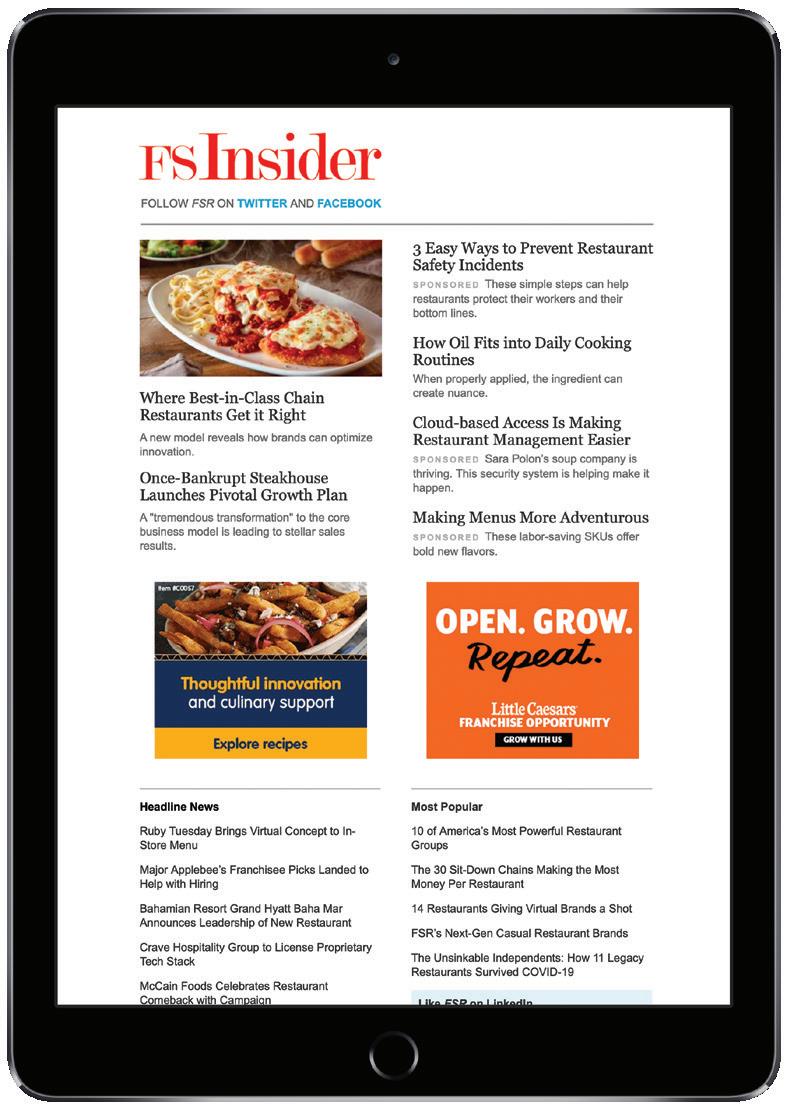
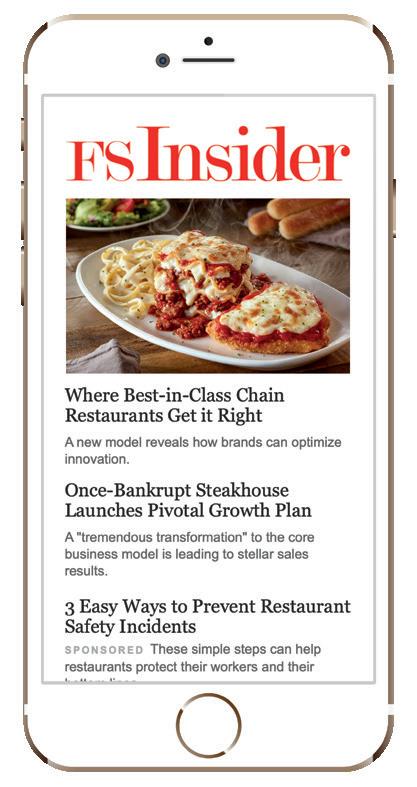
Egg Board
incredibleegg.org/fso
Advertising Inquiries
Eugene Drezner, VP, BUSINESS DEVELOPMENT edrezner@wtwhmedia.com | (919) 945-0705
Amber Dobsovic, NATIONAL SALES DIRECTOR adobsovic@wtwhmedia.com | (757) 637-8673
Edward Richards, NATIONAL SALES DIRECTOR erichards@wtwhmedia.com | (216) 956-6636
Tom Boyles, NATIONAL SALES MANAGER tboyles@wtwhmedia.com | (662) 607-5249

AHSAN JIVA
ROLE: EVP, Strategy & Transformation BRAND: Mellow Mushroom
LOCATIONS: 160+
FOUNDED: 1974
HQ: Atlanta
Mellow Mushroom may be 50 years old, but the iconic pizza chain is charging into its next era with energy, innovation, and a strategic vision for the future.
Ahsan Jiva, EVP of Strategy and Transformation, joined the brand just before the pandemic and has since helped overhaul everything from store design to tech infrastructure. In this conversation with FSR, Jiva shares insights on digital transformation and why thinking like a CFO is critical in today’s restaurant landscape.
BY CALLIE EVERGREEN

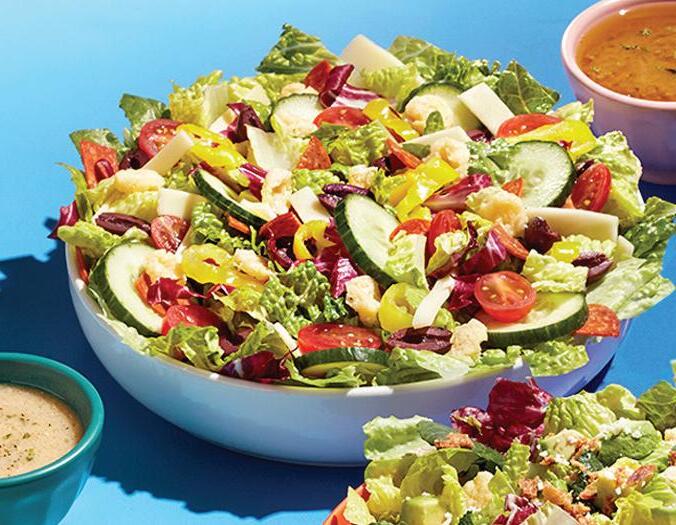
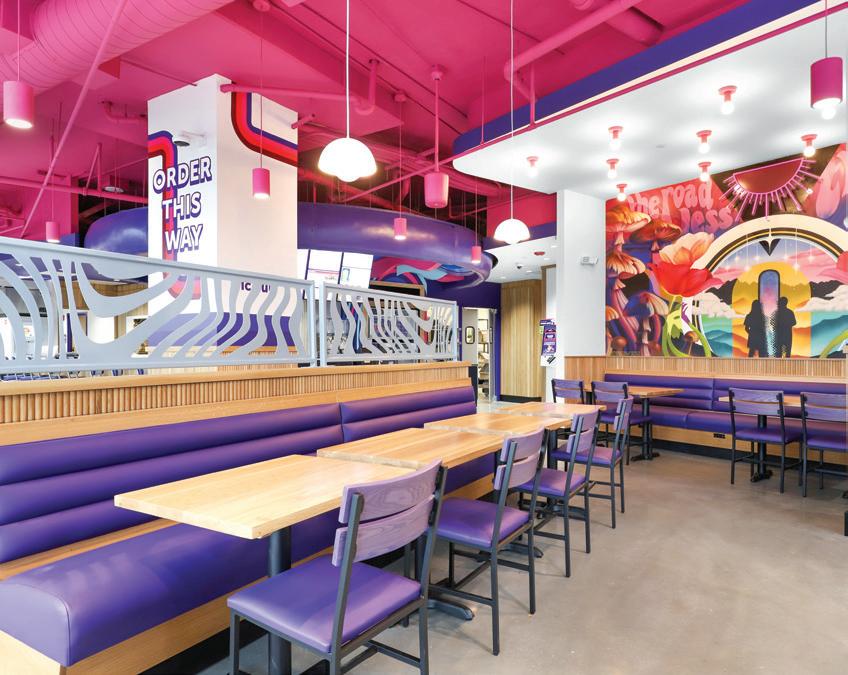
What first drew you to Mellow Mushroom?
I didn’t come from a hospitality background, so a lot of it was new—but exciting. I was always passionate about restaurants, and I had the Holy Shiitake pizza and thought, “Holy shiitake, this is good.” When I had conversations with folks about where Mellow was headed from a digital transformation standpoint, I saw a great opportunity to bring in what I’d learned from other industries.
What led to Mellow Mushroom’s brand refresh?
We were always what I call a “snowflake brand,” where we built locations individually and unique to the environment. But with rising costs and the attention span of our society today, we needed a way to make sure people recognized our brand instantly.
How did you get franchisees aligned around the new brand identity?
We let the data do the work for us. We spent a lot of time, effort, energy, and resources doing store design research, guest intercepts, focus
groups. We got some pushback saying, “I’ve had this signage for 15 years—people know me.” But the person that’s never been to your restaurant that may have gone to a Mellow Mushroom in a different location will never know you’re there because they can’t recognize that you’re under the same umbrella of Mellow Mushroom. And when we showed the awareness opportunity and guest feedback, it really illuminated for our franchisees that it was time to evolve.
What’s your biggest learning from the restaurant industry so far?
Think like a CFO. If you don’t have the ultimate goal of improving the financial performance of the restaurants, I think you’re thinking about it the wrong way. I used to be in digital marketing, and agencies would say, “Look, we have 20 million impressions and 50,000 clicks.” That’s great. But my P&L shows that I didn’t drive a nickel more in sales. In the restaurant industry where margins are getting thinner every day, you can’t just continue to operate in silos—everyone has to think like a CFO.
